Ready or not, here it comes:
- There has to be a flux capacitor in the room, because it sure feels like it's 2010 all over again.
In 2016 the Steelers defeated the Ravens in a regular season game 31-27.
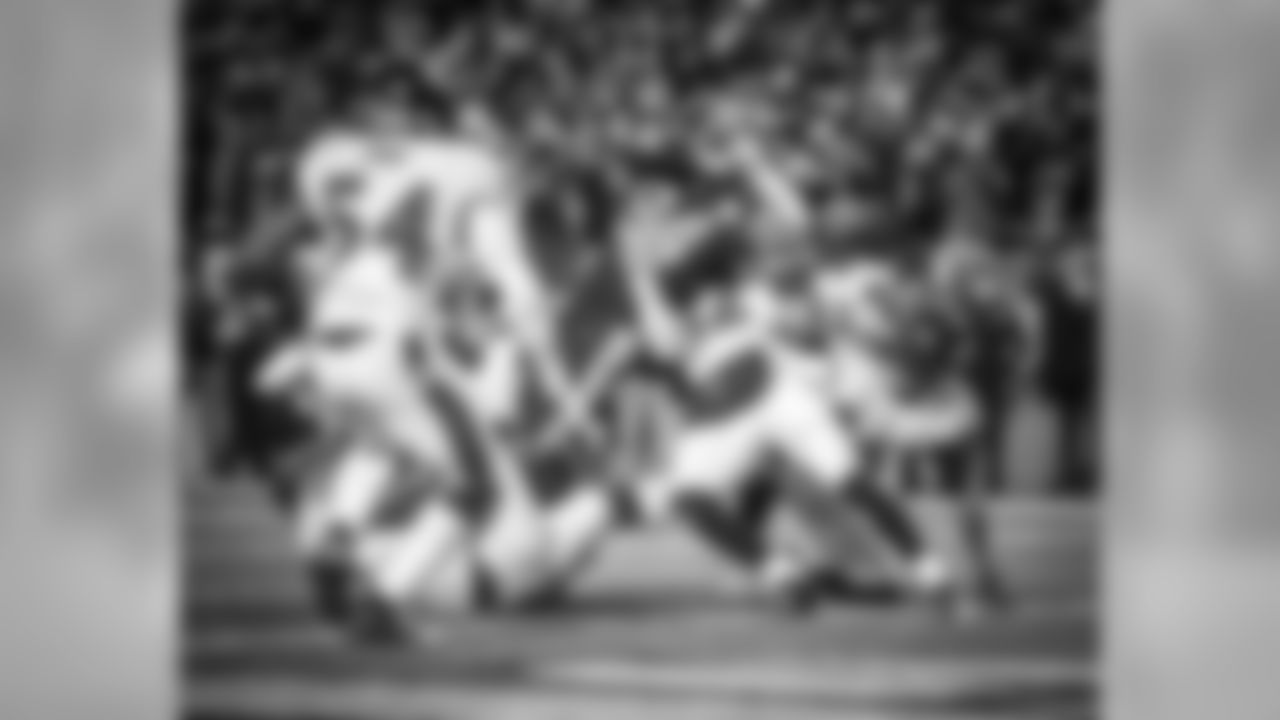
Antonio Brown


Ravens head coach John Harbaugh and Steelers head coach Mike Tomlin

Antonio Brown

Artie Burns and Carnell Lake

Anthony Chickillo

Ross Cockrell

Head Coach Mike Tomlin

James Harrison

James Harrison and the linebackers
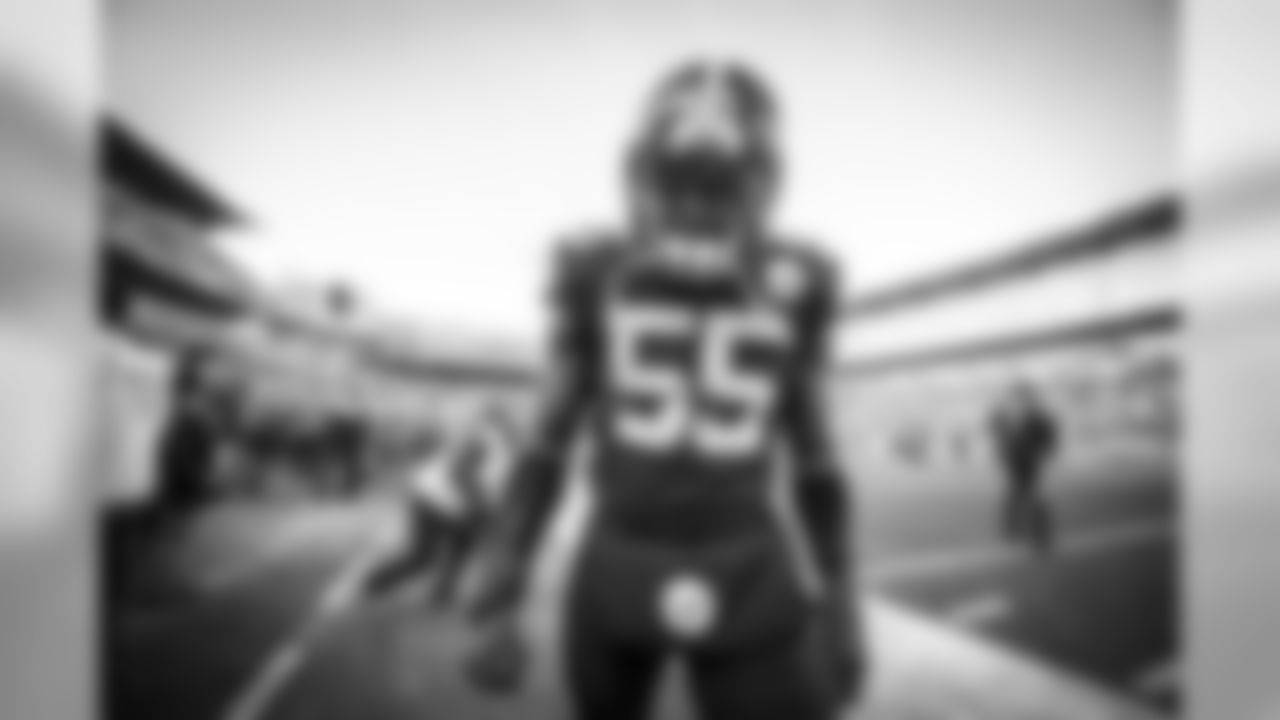
Arthur Moats
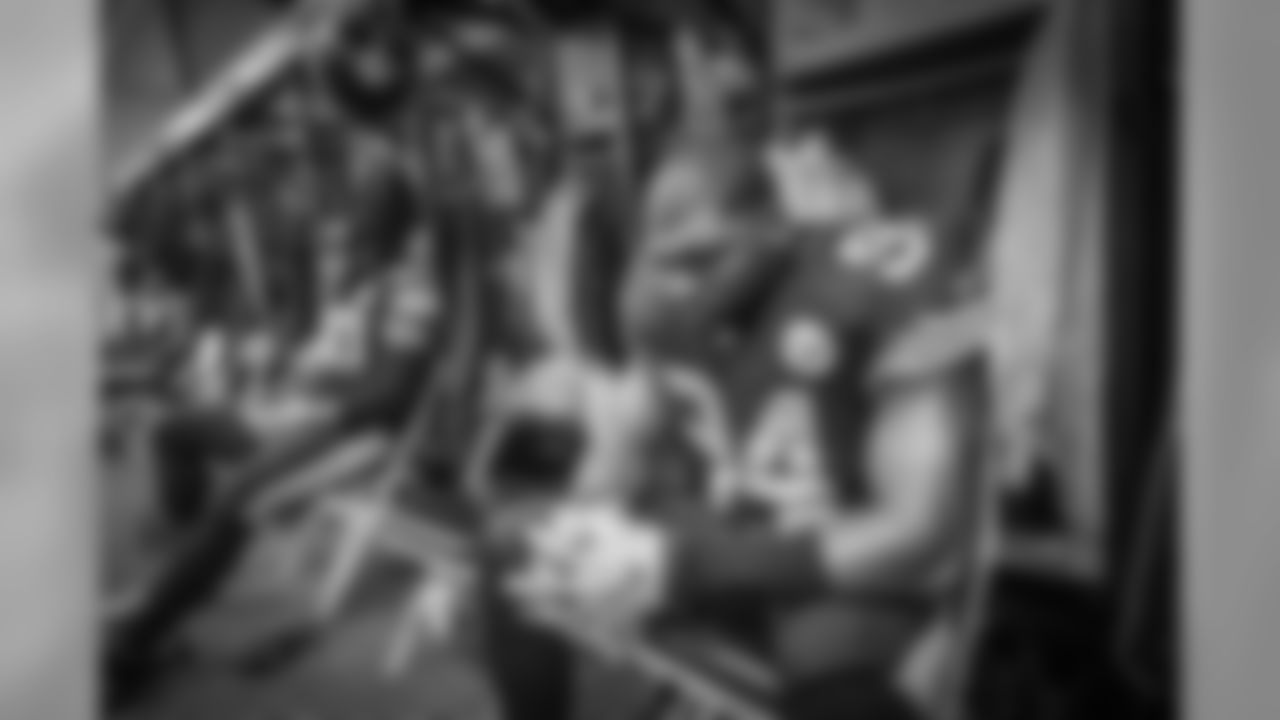
Lawrence Timmons

Ben Roethlisberger

Johnny Maxey

Le'Veon Bell

James Harrison and Ben Roethlisberger

James Harrison

Alejandro Villanueva

Ramon Foster

Maurkice Pouncey

David DeCastro

Marcus Gilbert
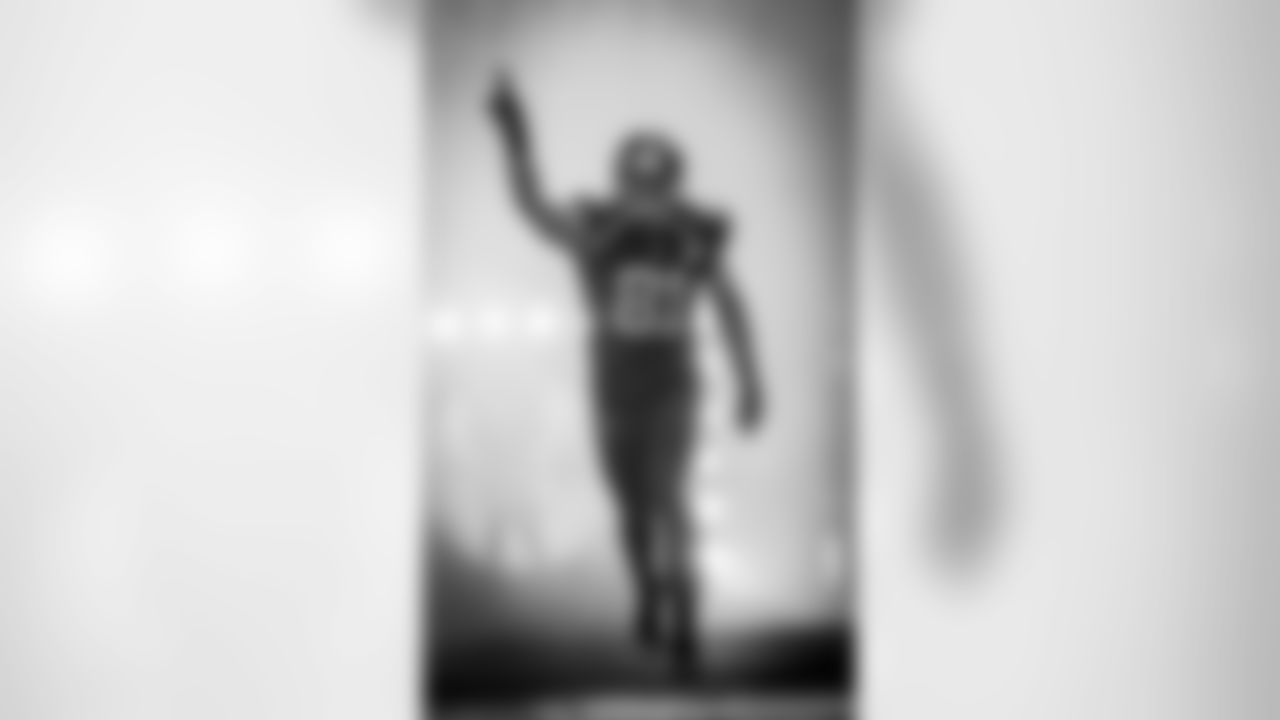
Jesse James

Roosevelt Nix

Le'Veon Bell

Eli Rogers

Eli Rogers

Antonio Brown

Antonio Brown

Ben Roethlisberger
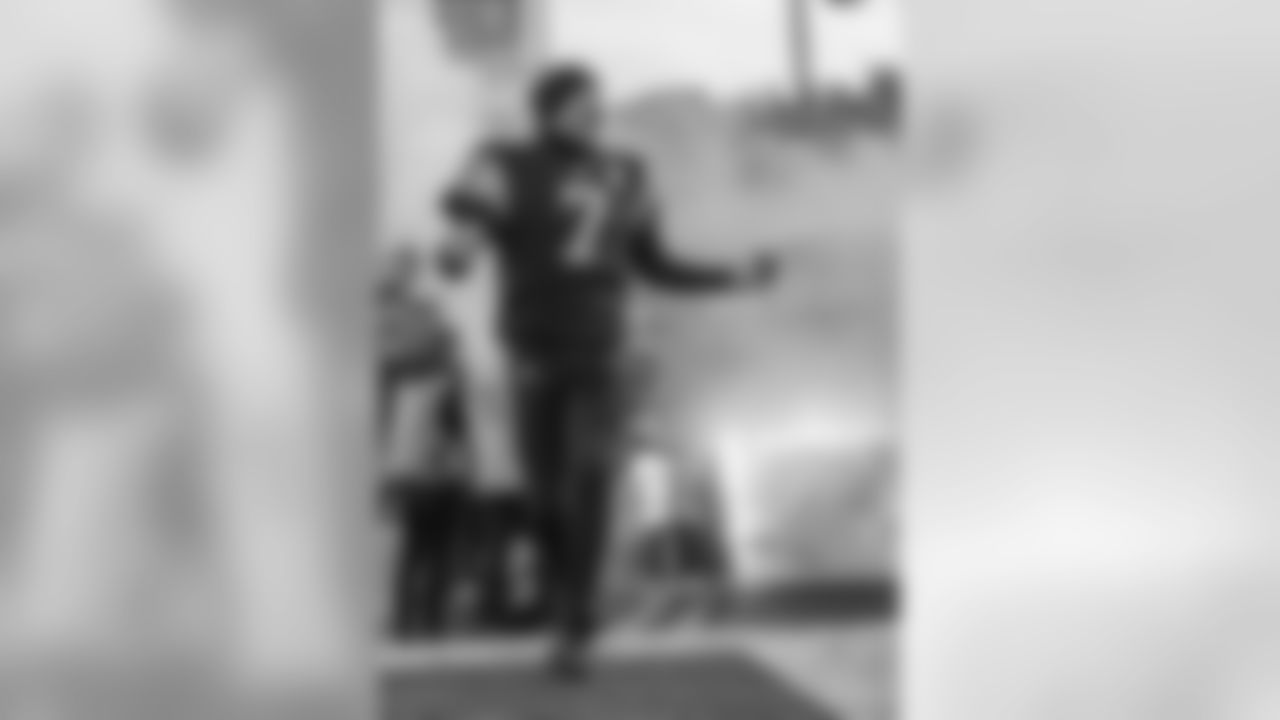
Ben Roethlisberger
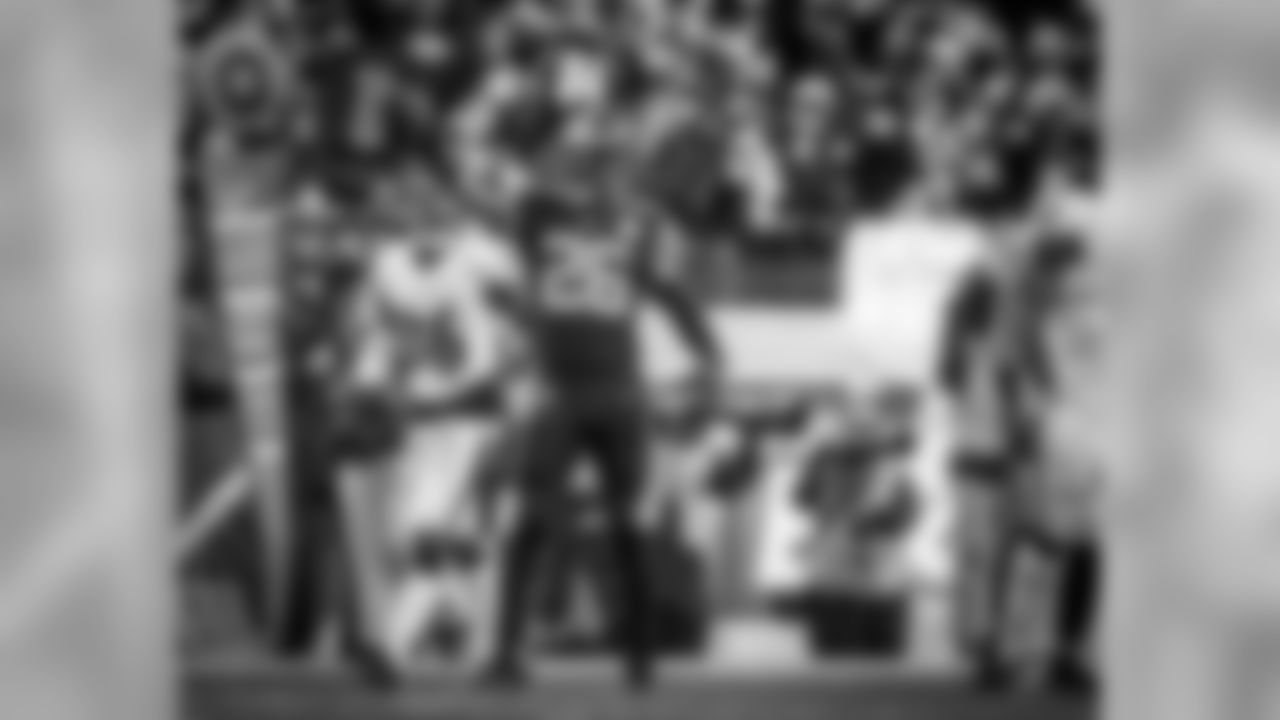
Le'Veon Bell
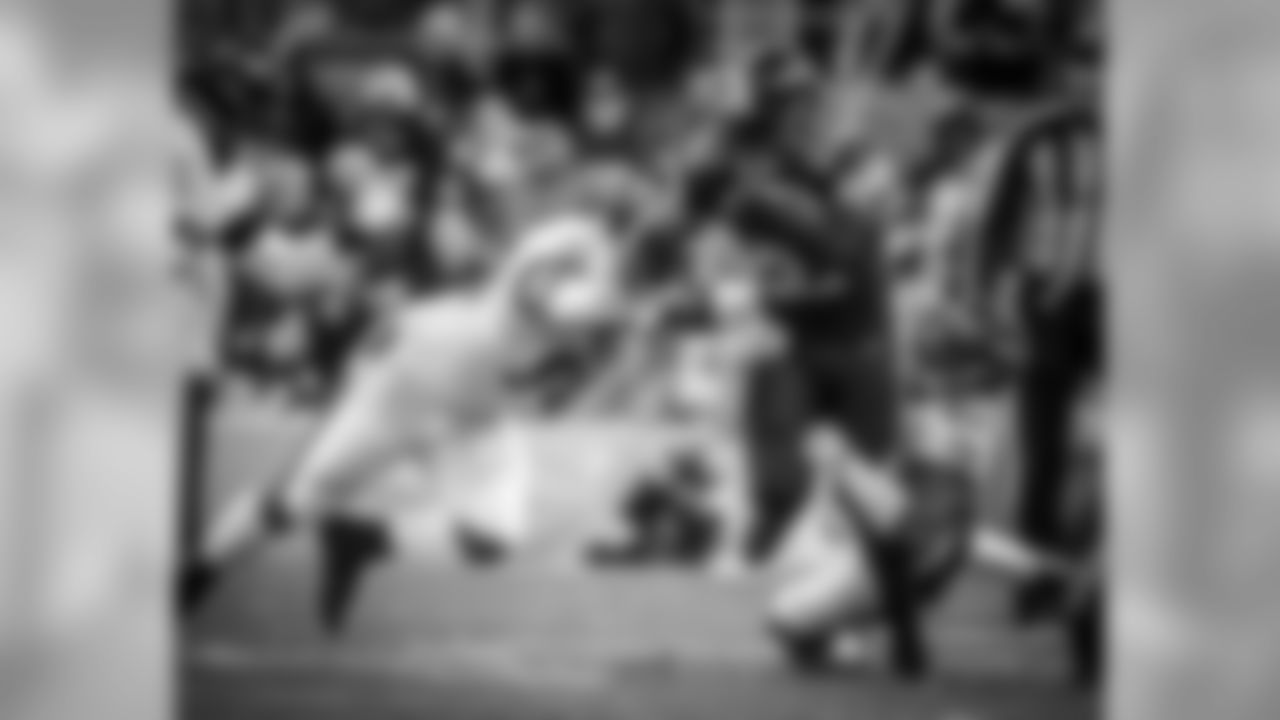
Le'Veon Bell
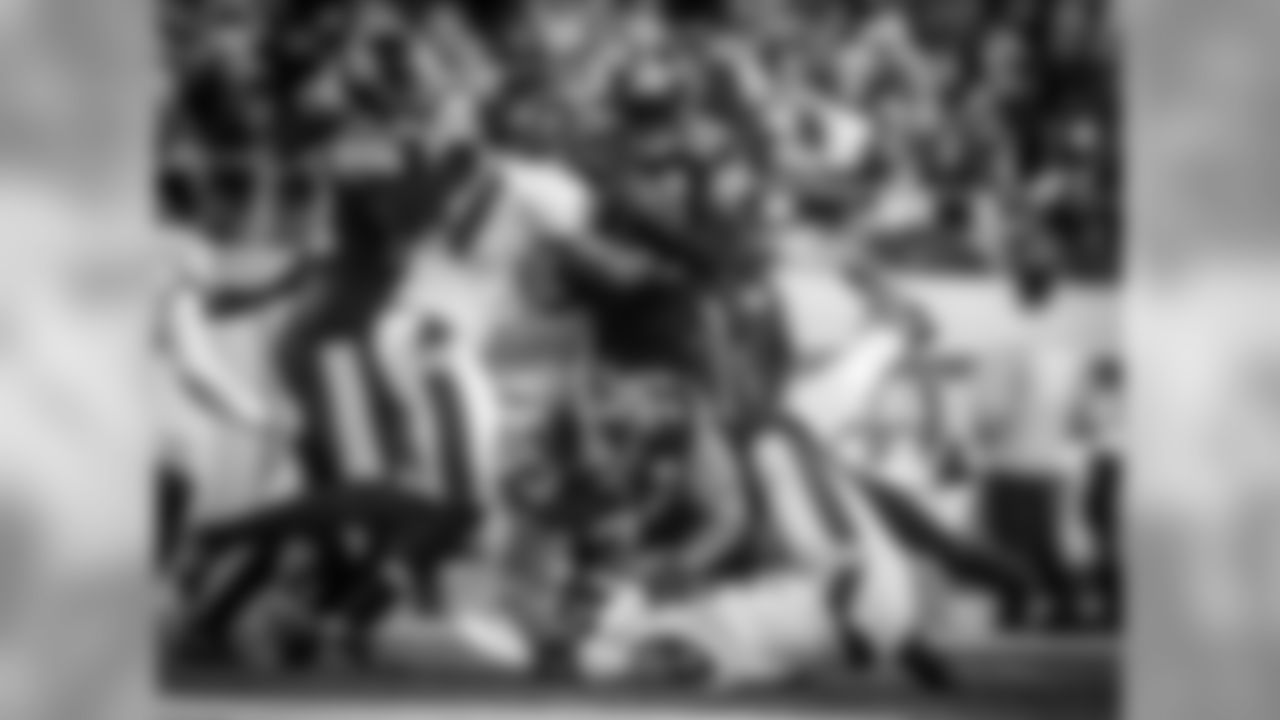
Cobi Hamilton, Le'Veon Bell and Ramon Foster
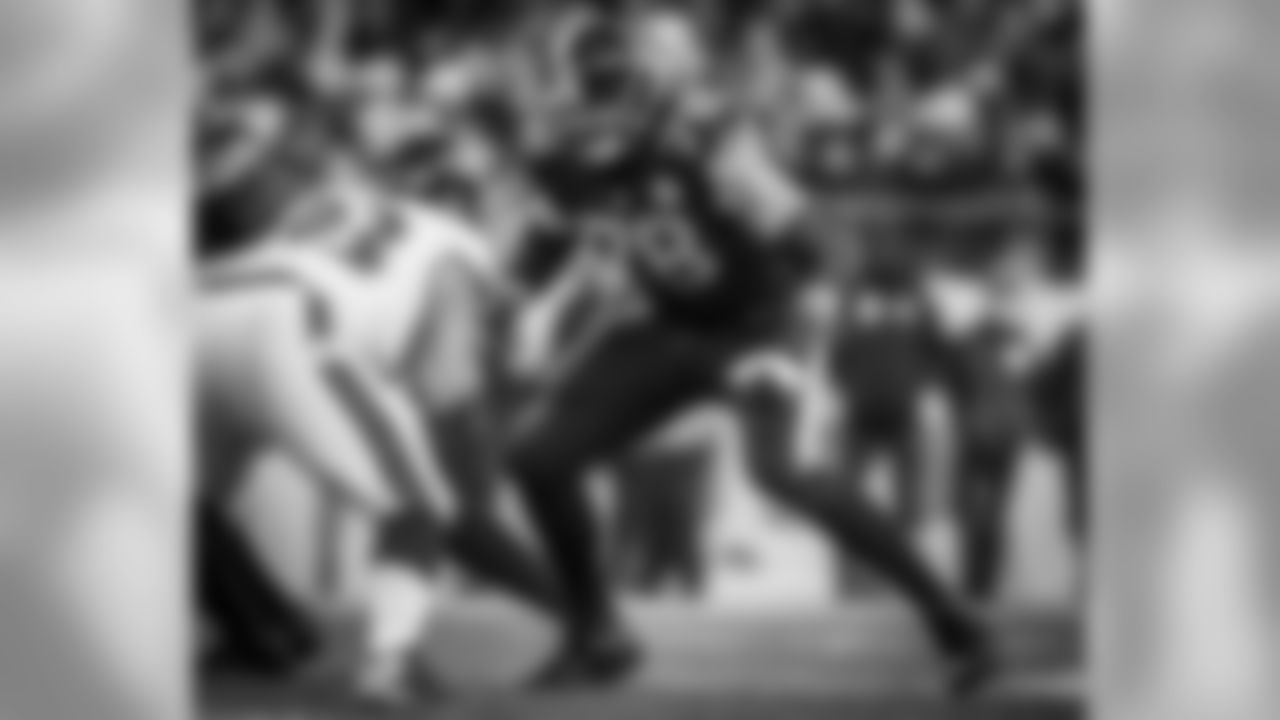
Alejandro Villanueva

Eli Rogers
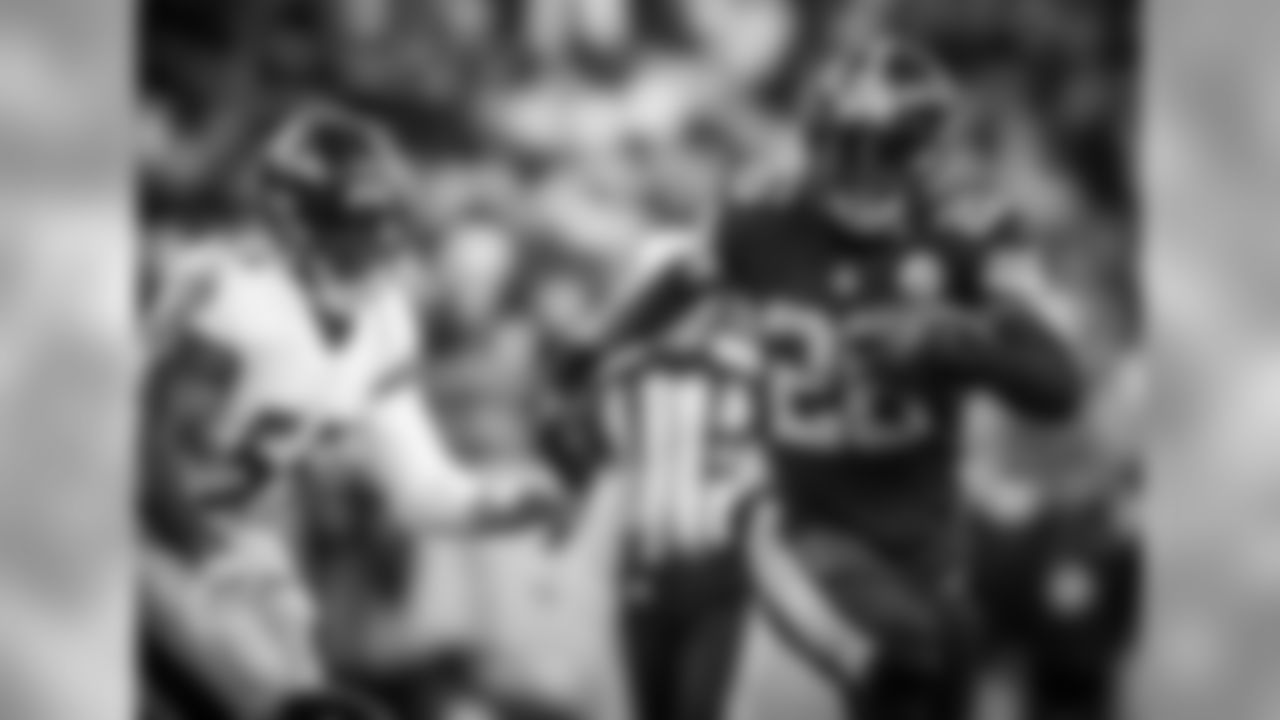
Le'Veon Bell
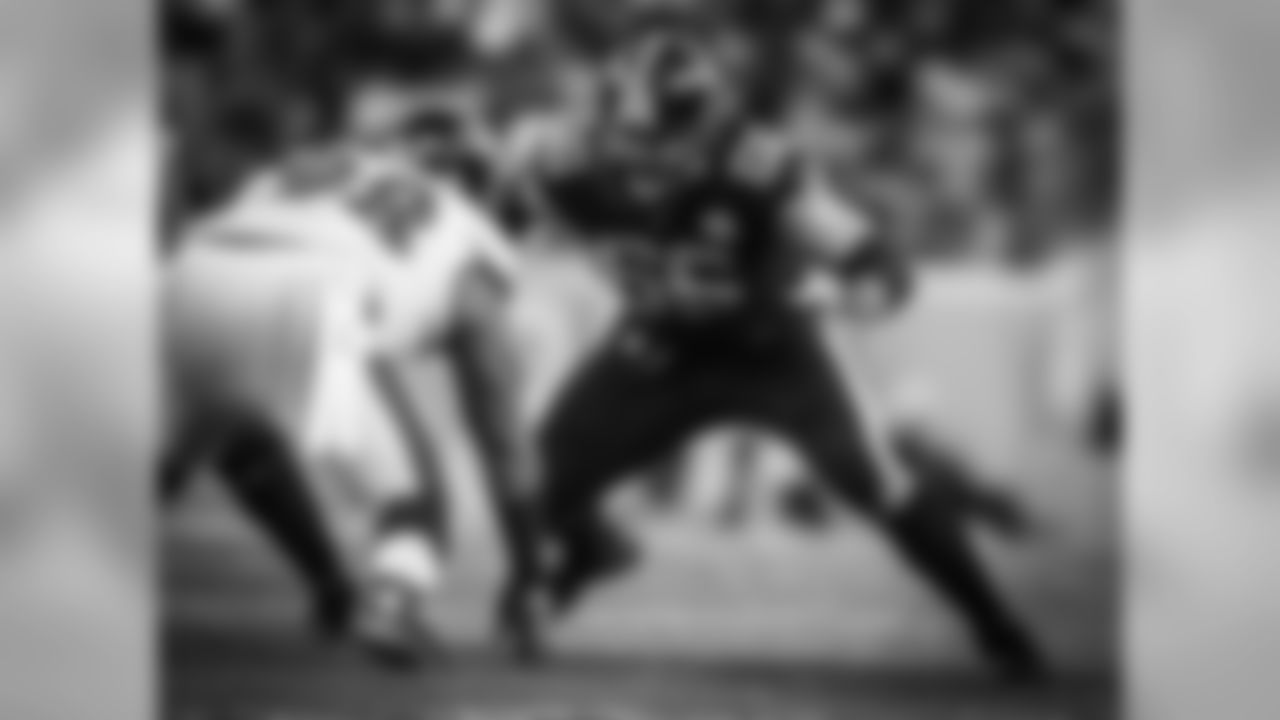
David DeCastro
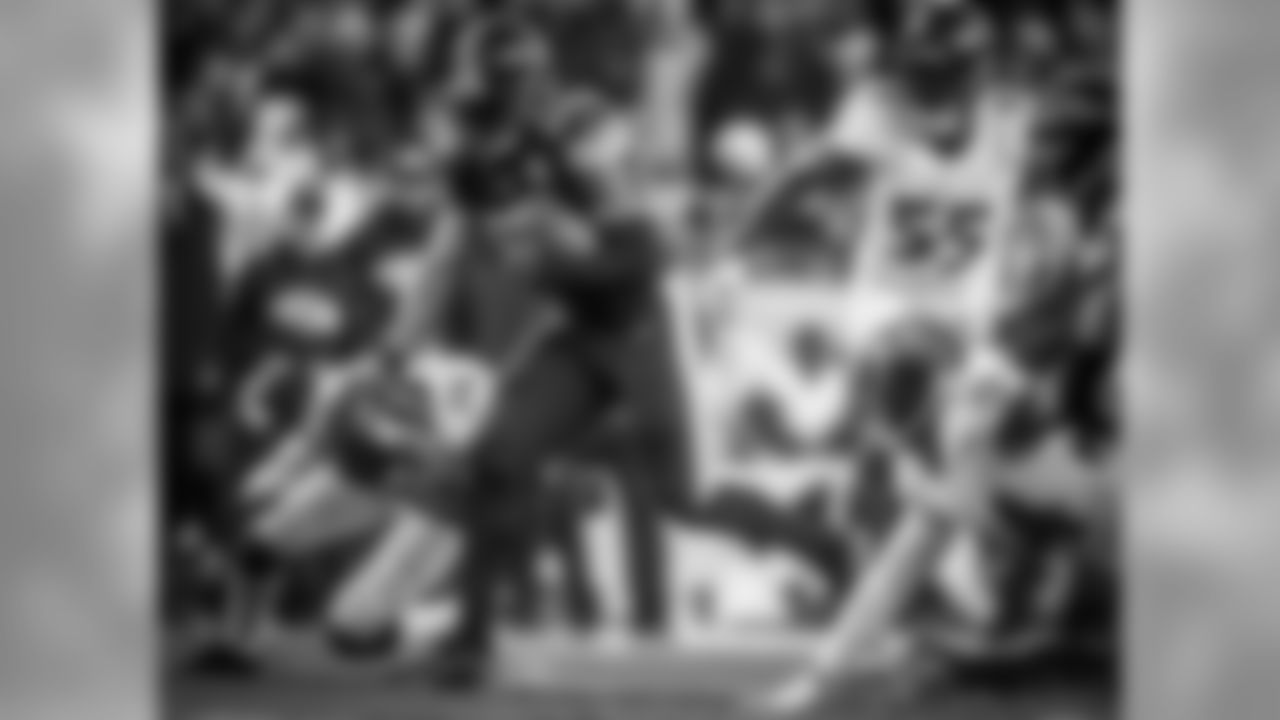
Le'Veon Bell
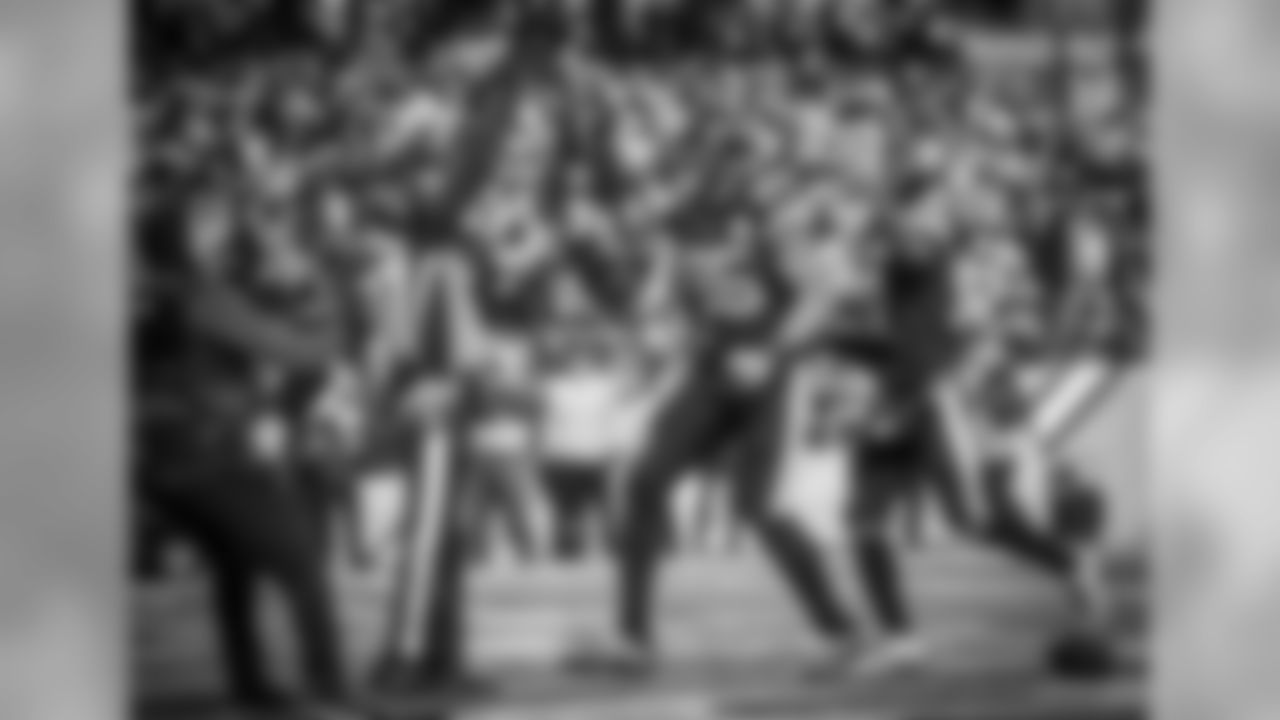
Xavier Grimble and Eli Rogers
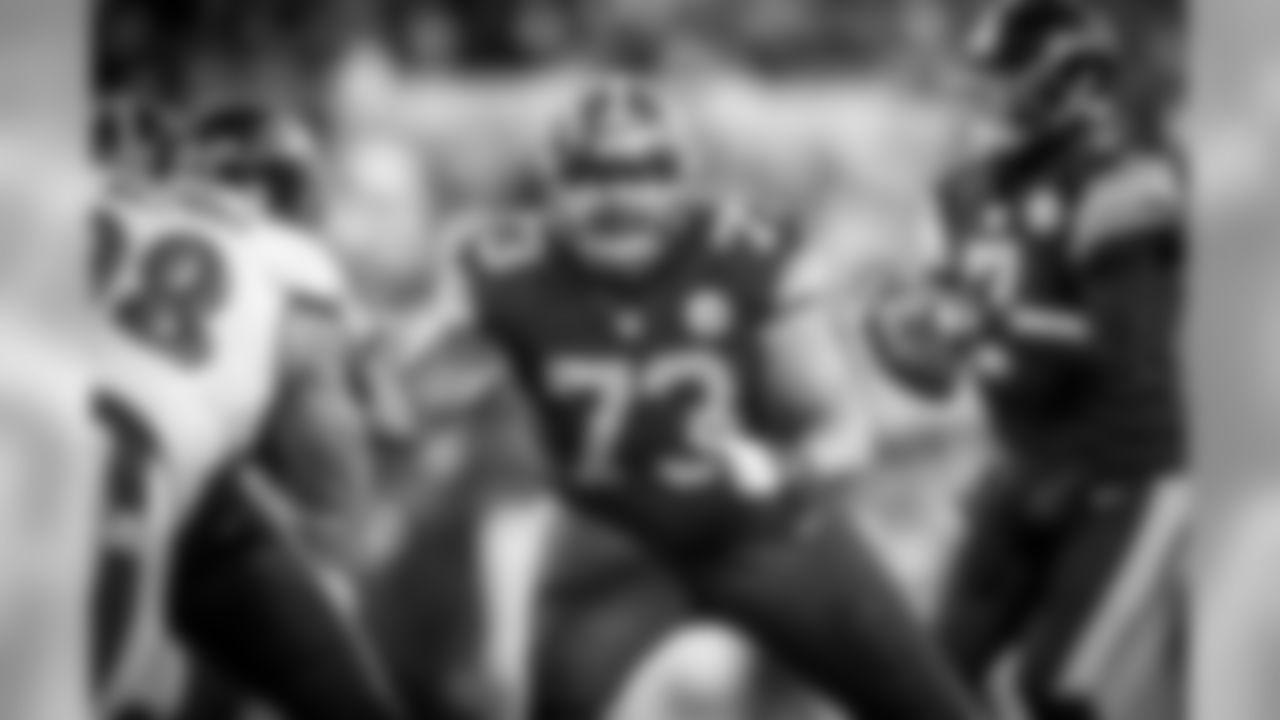
Ramon Foster
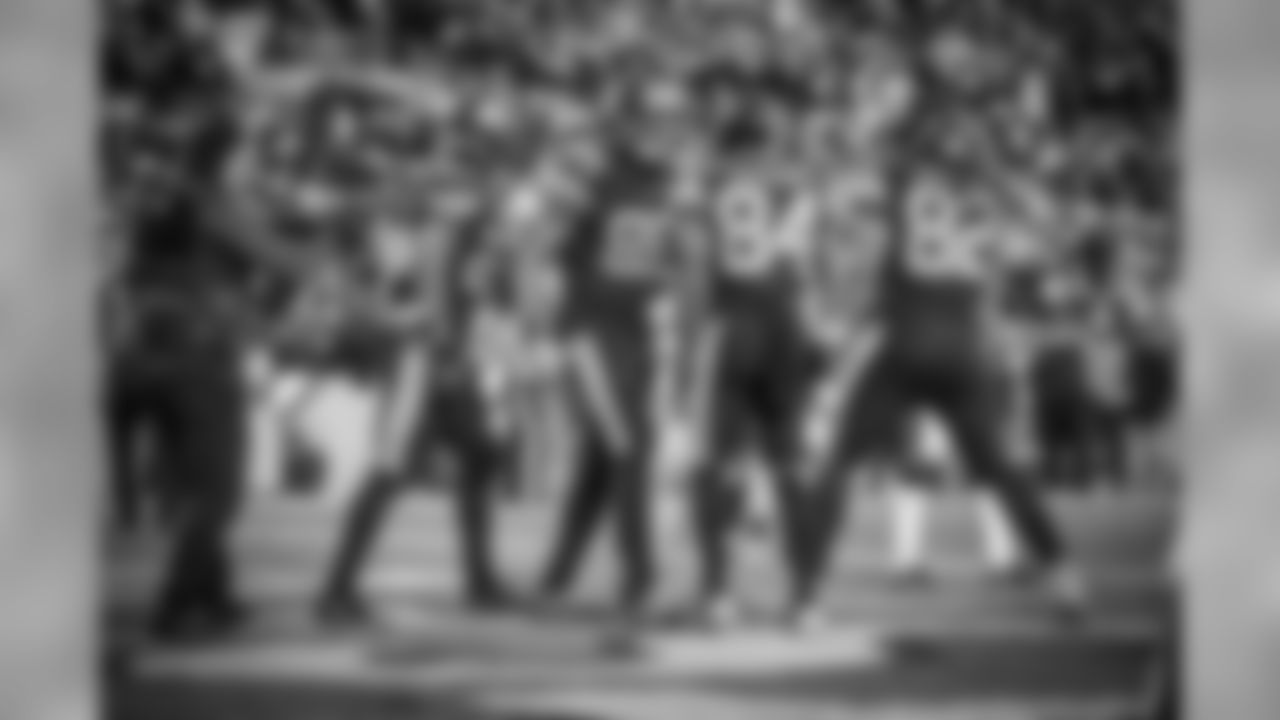
Le'Veon Bell, Xavier Grimble, Antonio Brown and David Johnson

Ben Roethlisberger

Vince Williams and Mike Mitchell
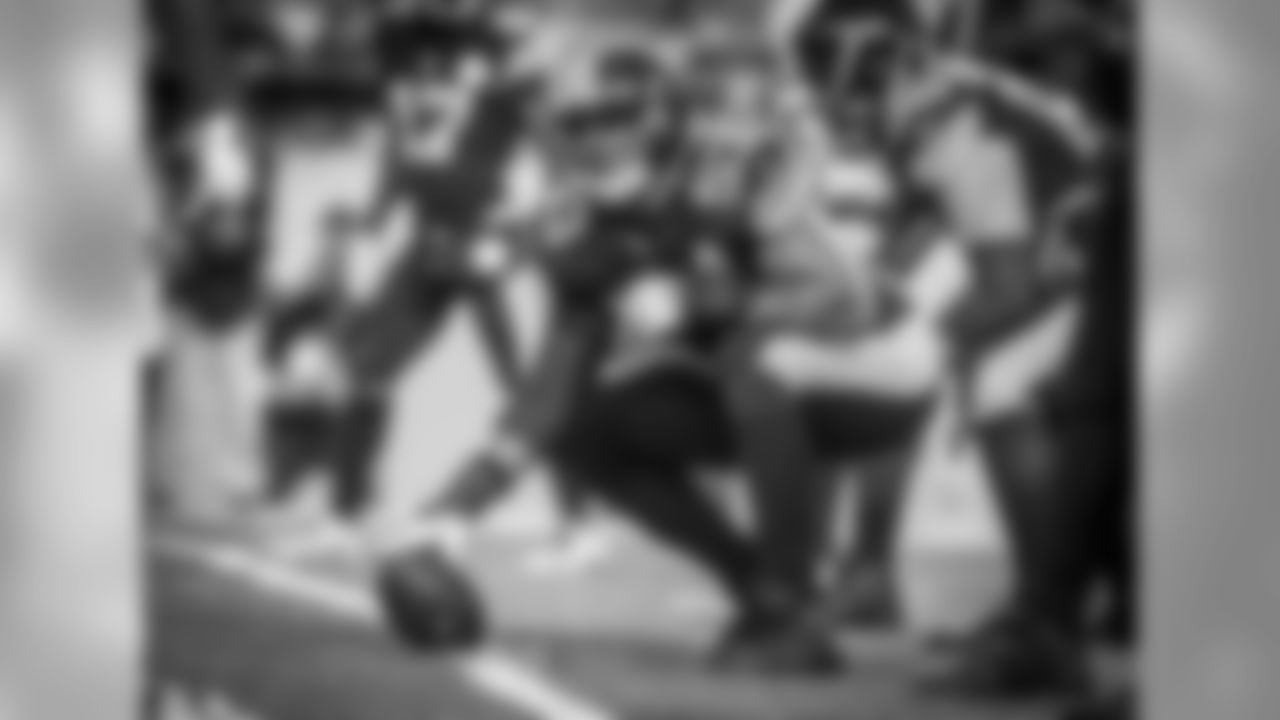
Maurkice Pouncey
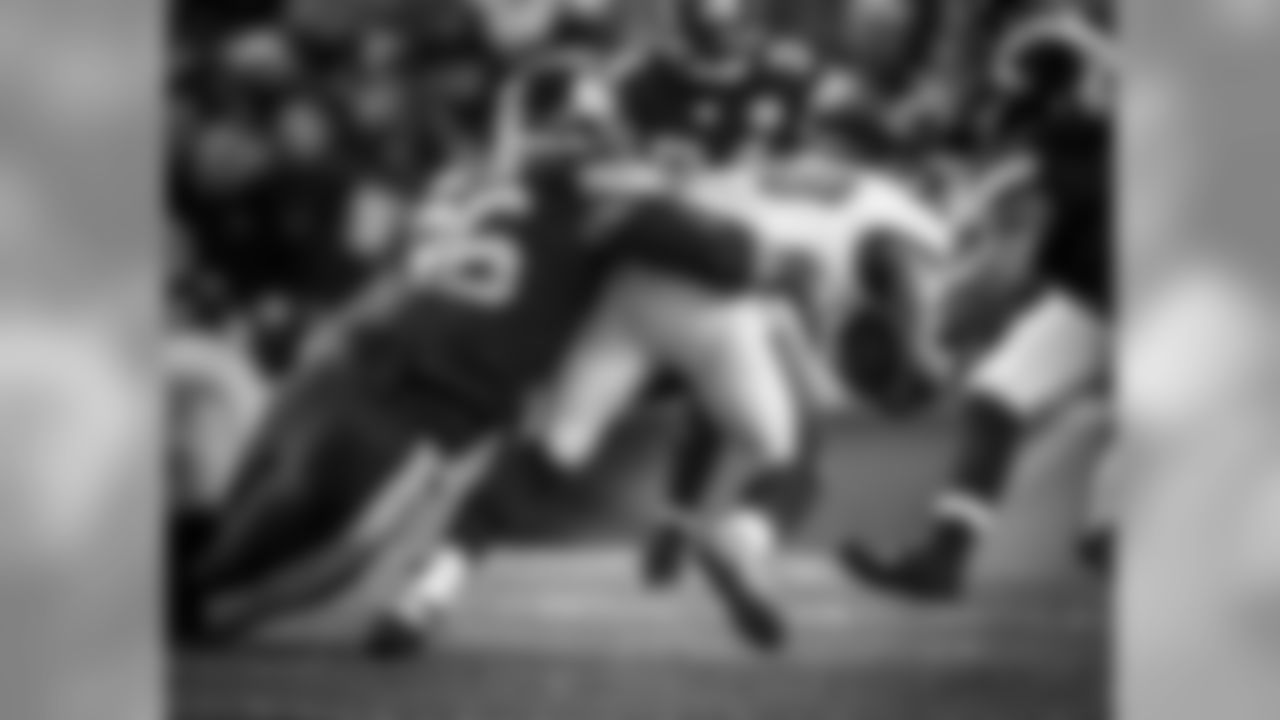
L.T. Walton

David DeCastro

Jordan Berry
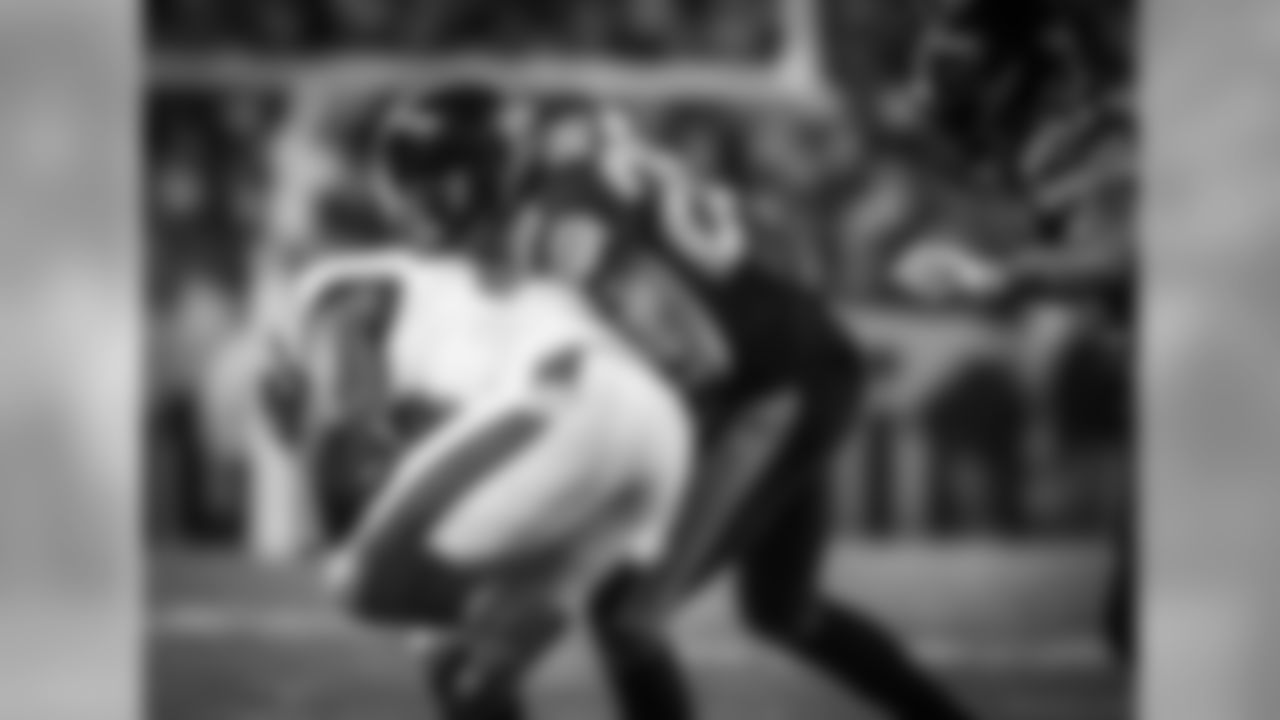
Sean Davis

Ryan Shazier
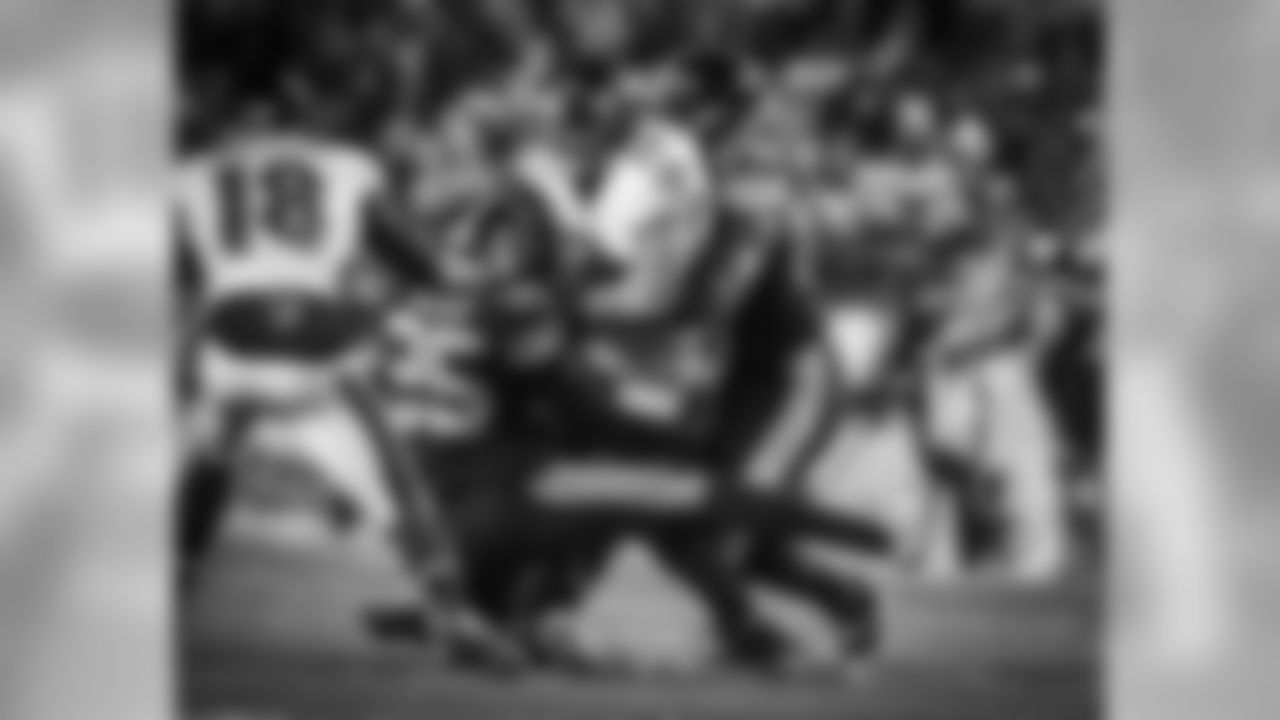
Artie Burns and Javon Hargrave
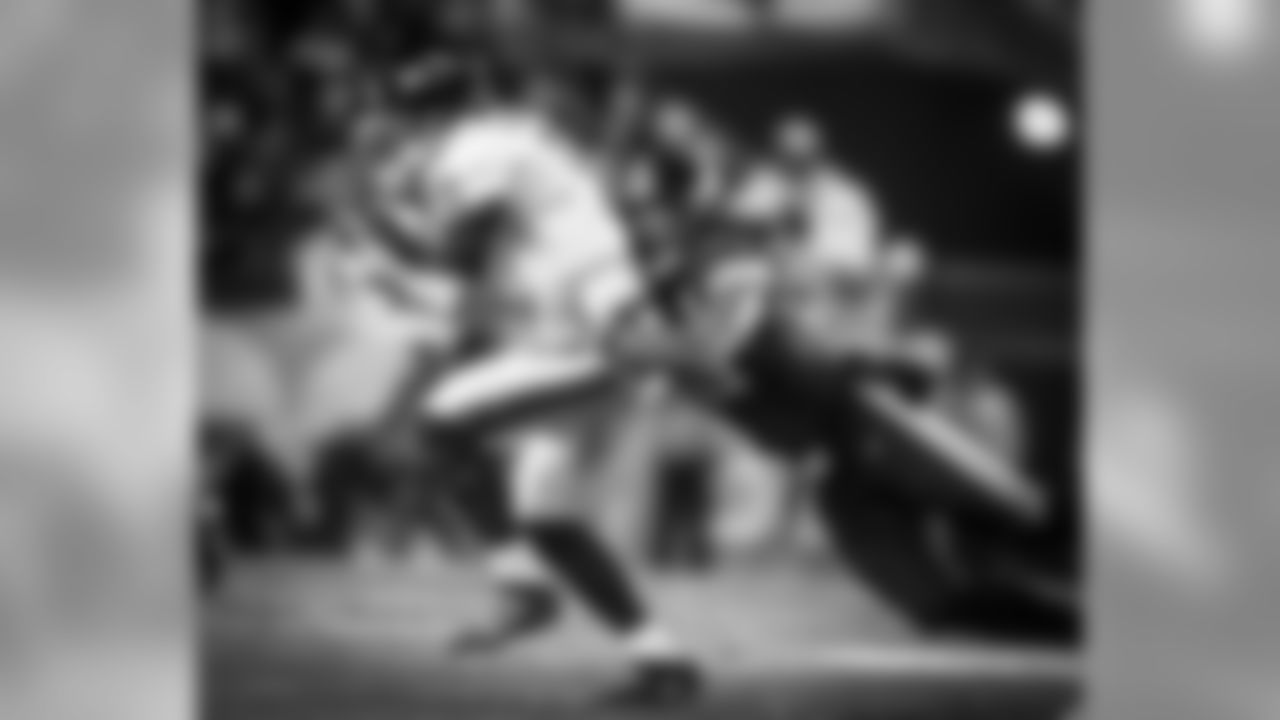
Bud Dupree

Ricardo Mathews and Bud Dupree
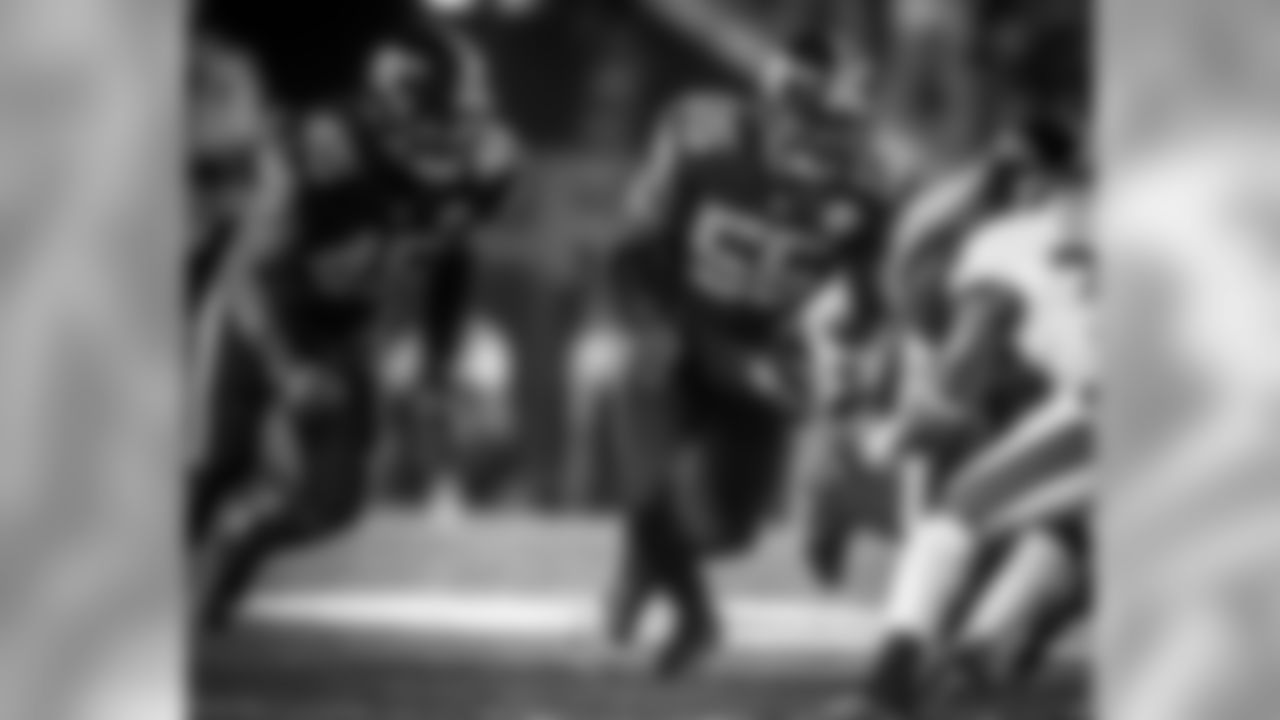
Roosevelt Nix and Arthur Moats
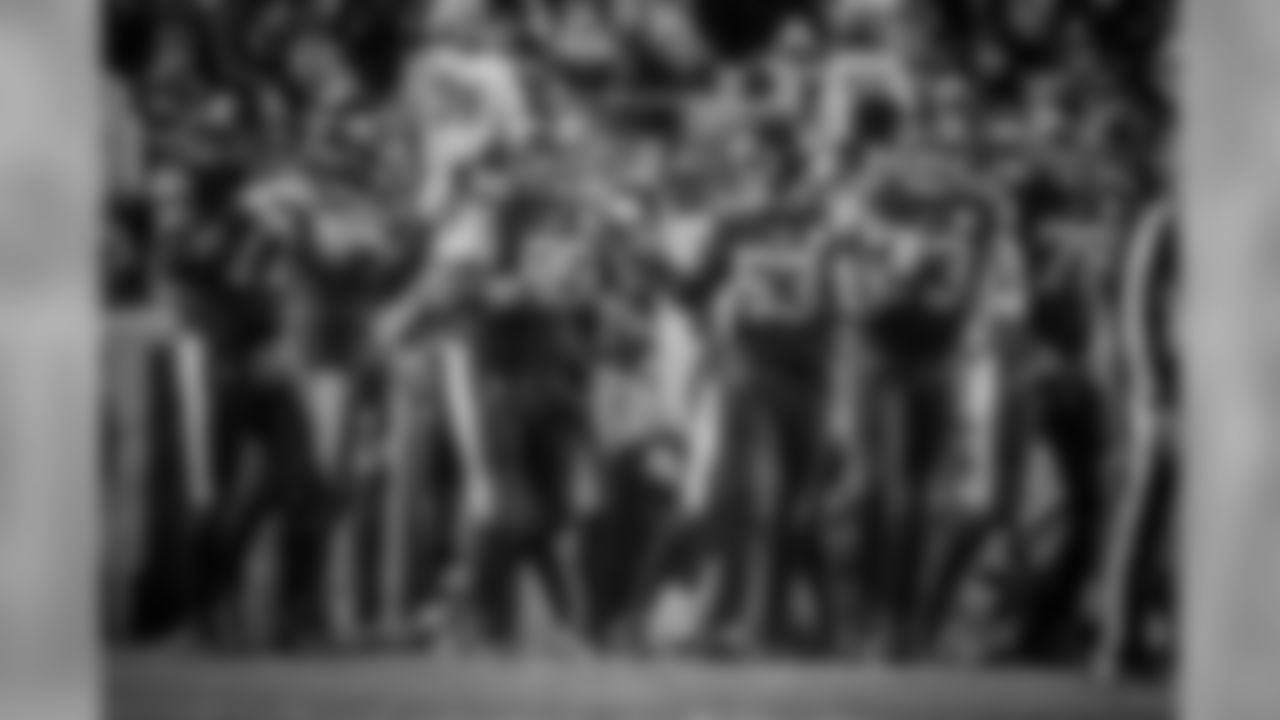
Marcus Gilbert, David DeCastro, Maurkice Pouncey, Ramon Foster and Alejandro Villanueva

Ramon Foster

Artie Burns and Javon Hargrave
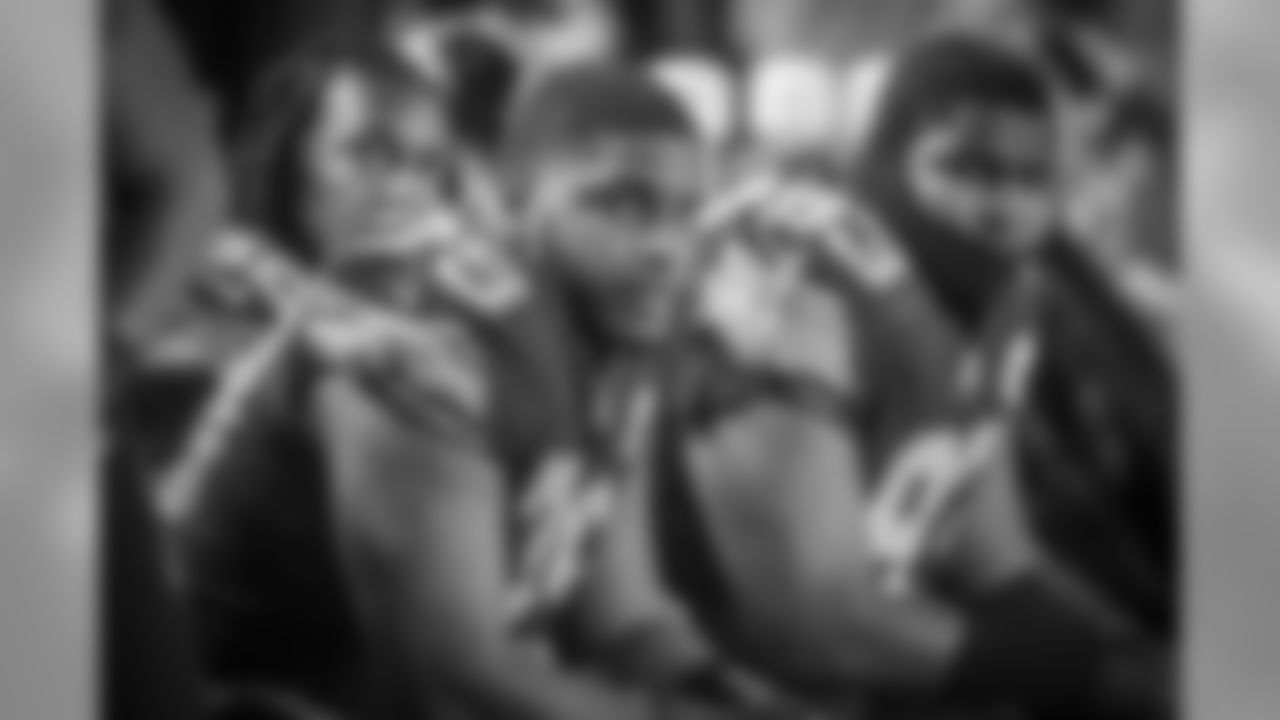
Javon Hargrave
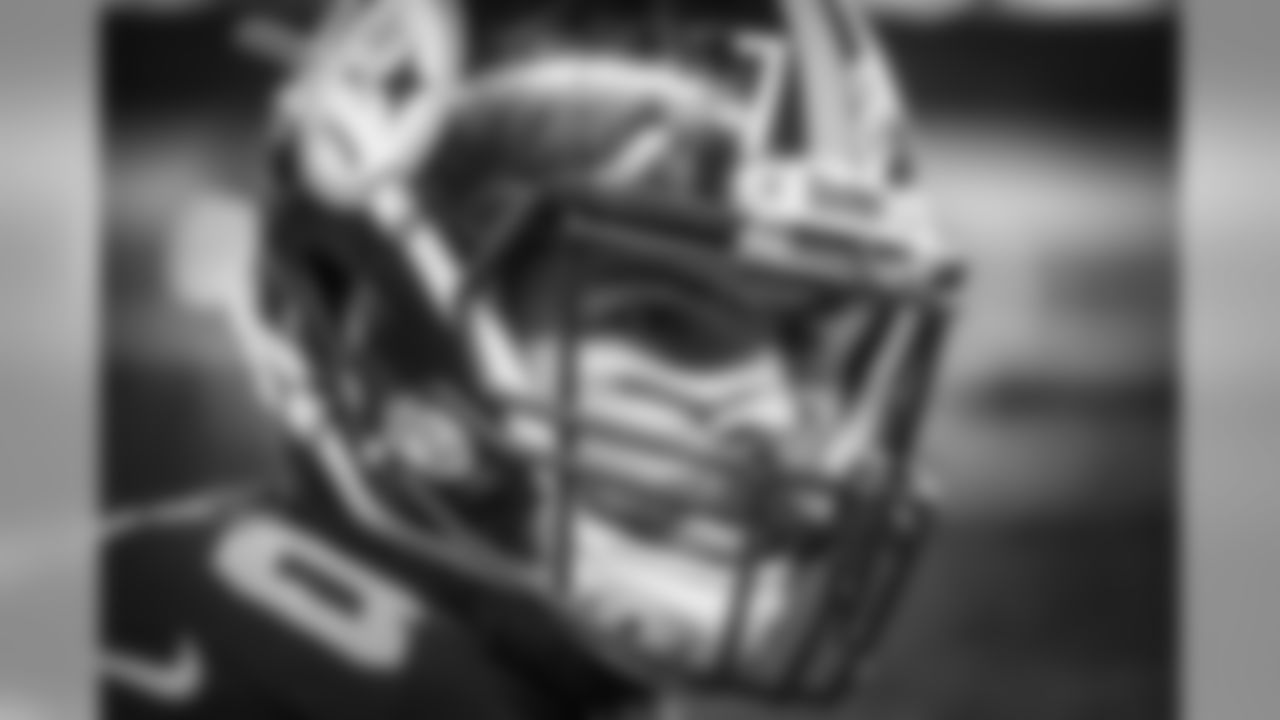
Alejandro Villanueva
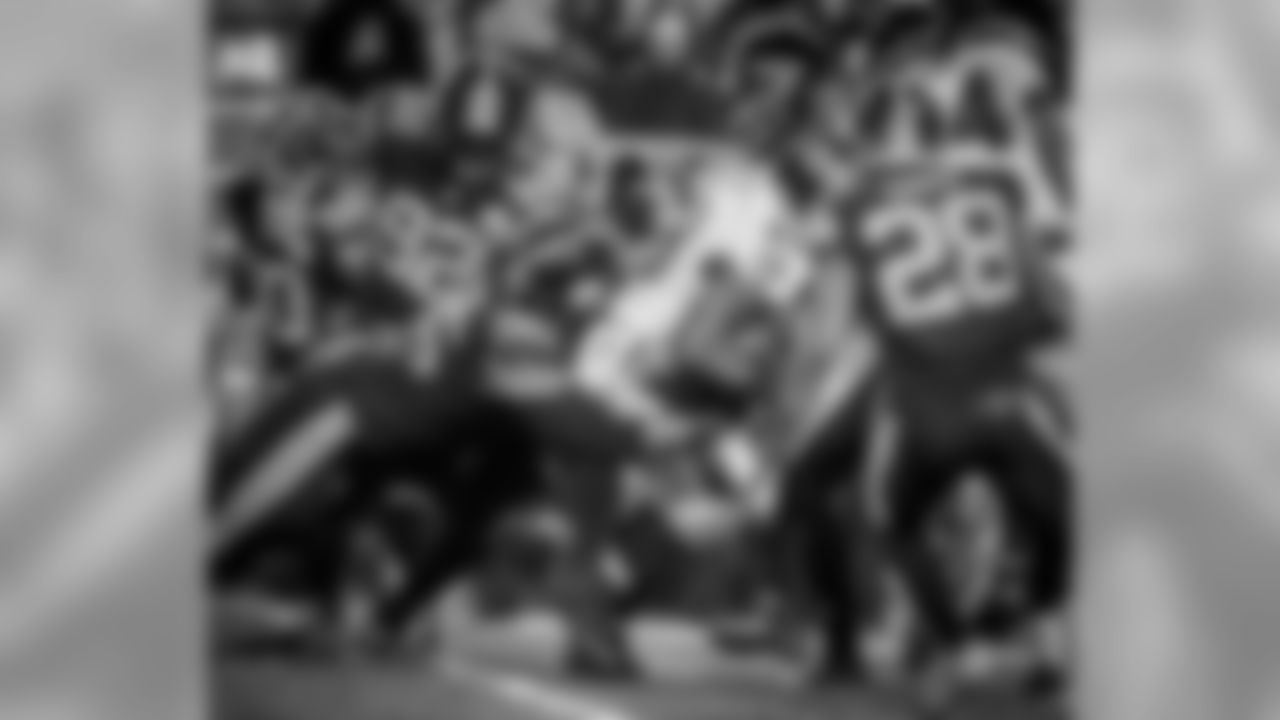
L.T. Walton
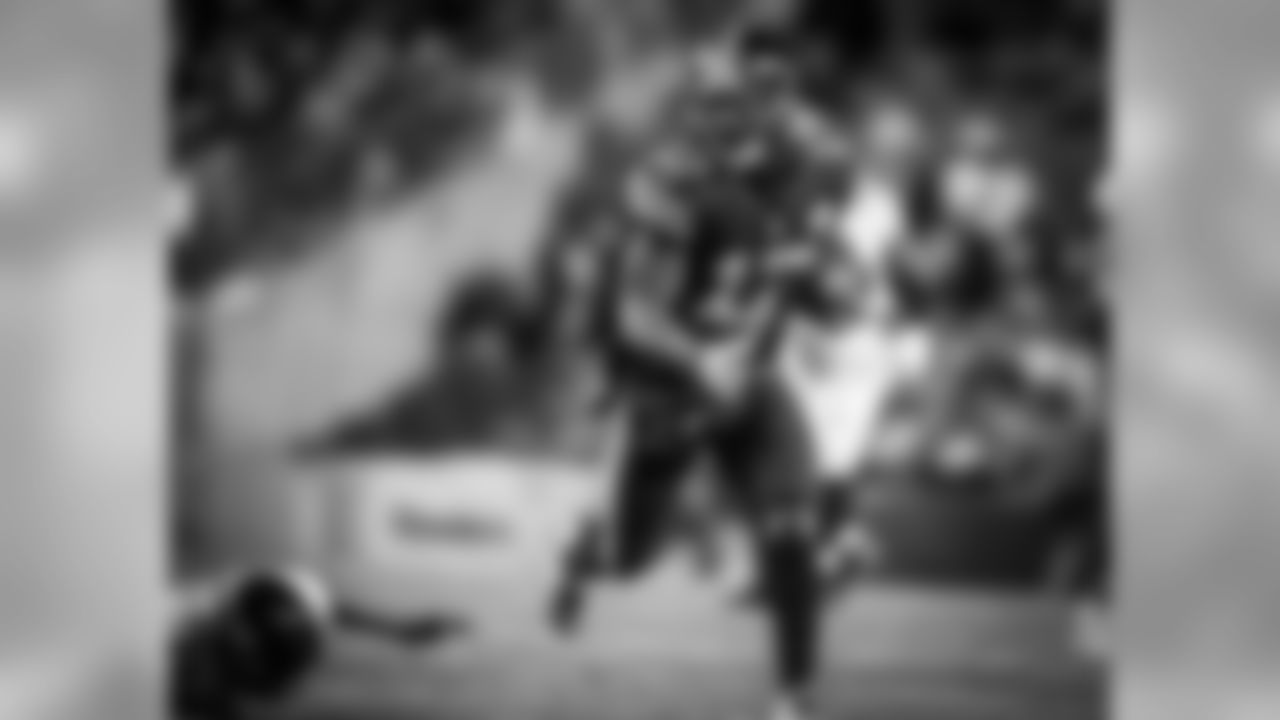
Eli Rogers
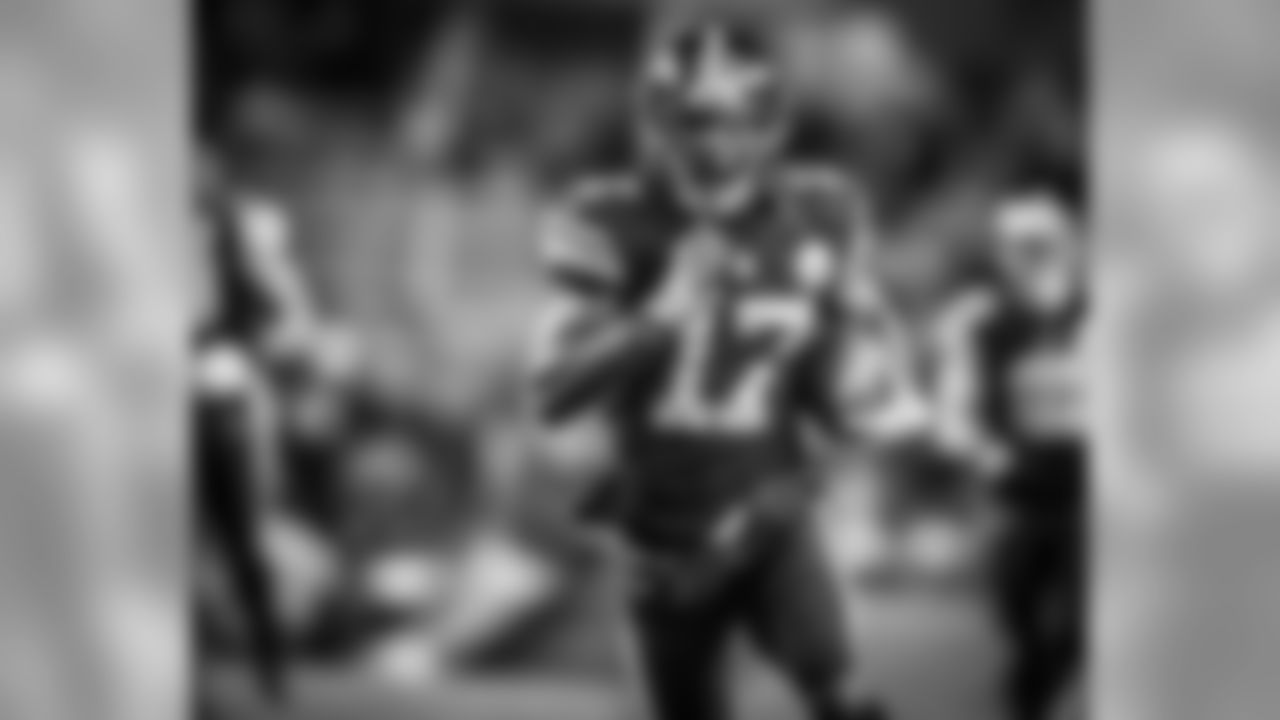
Eli Rogers
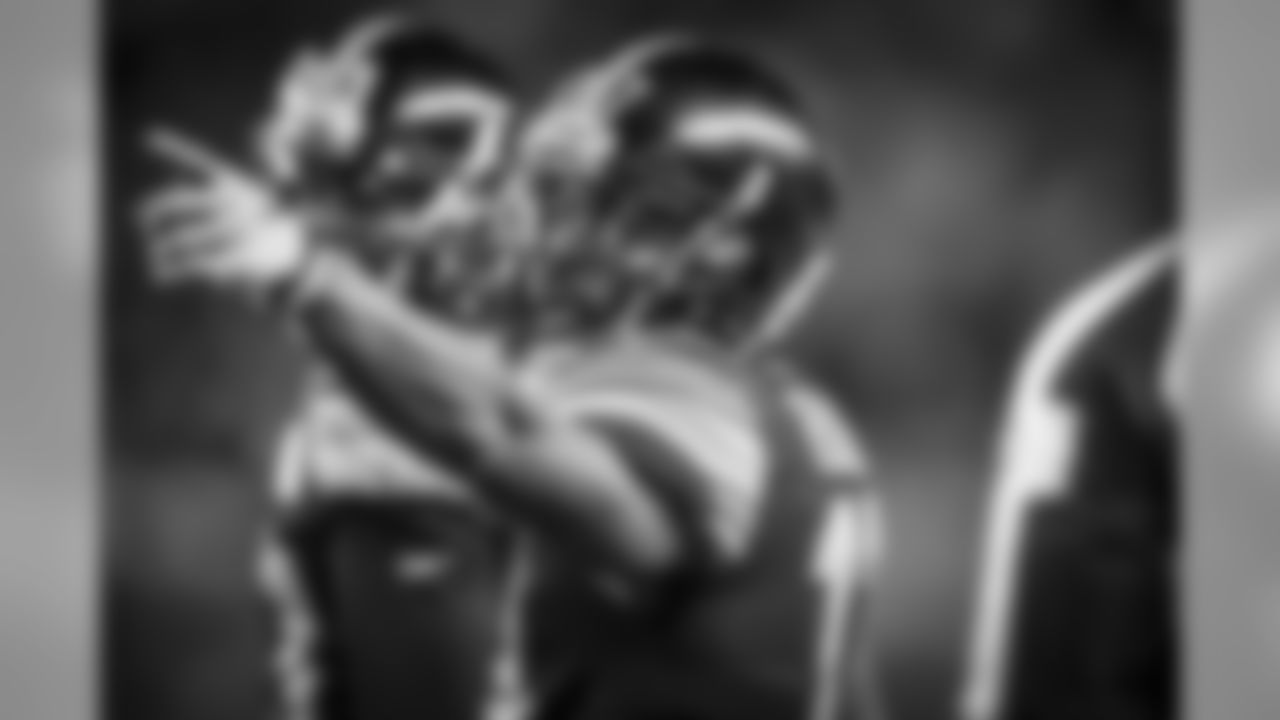
Eli Rogers
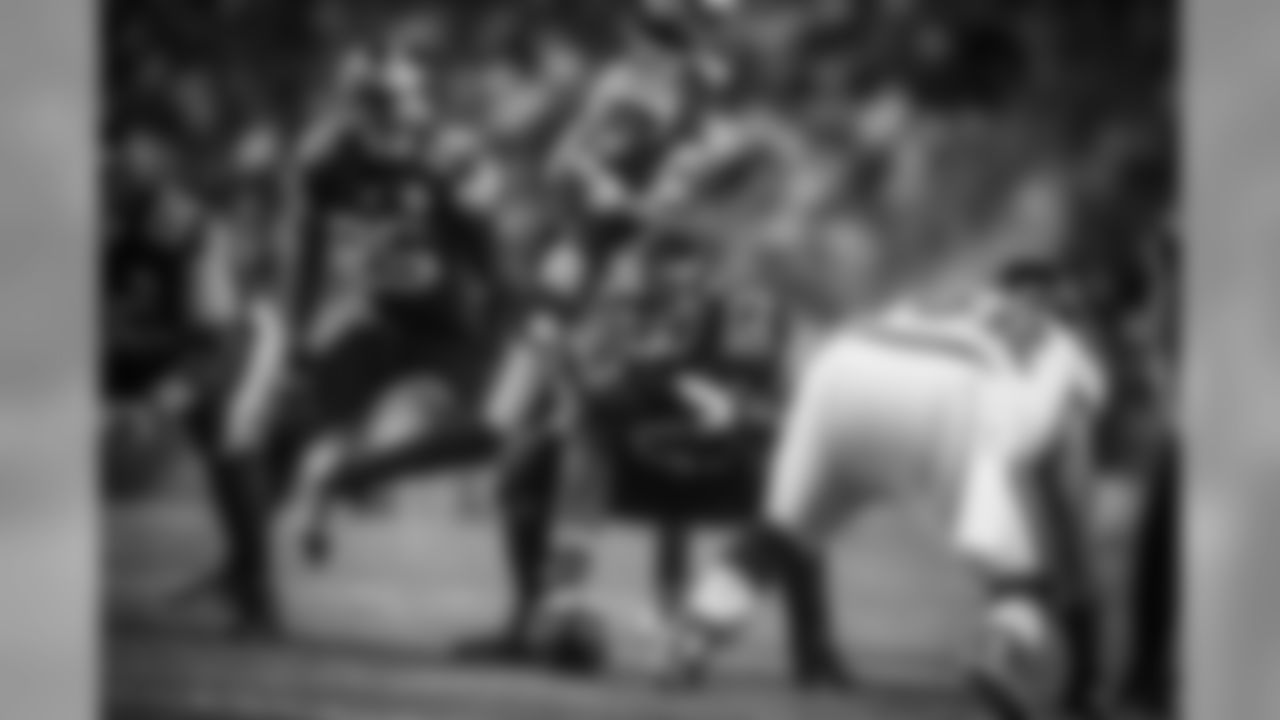
Maurkice Pouncey
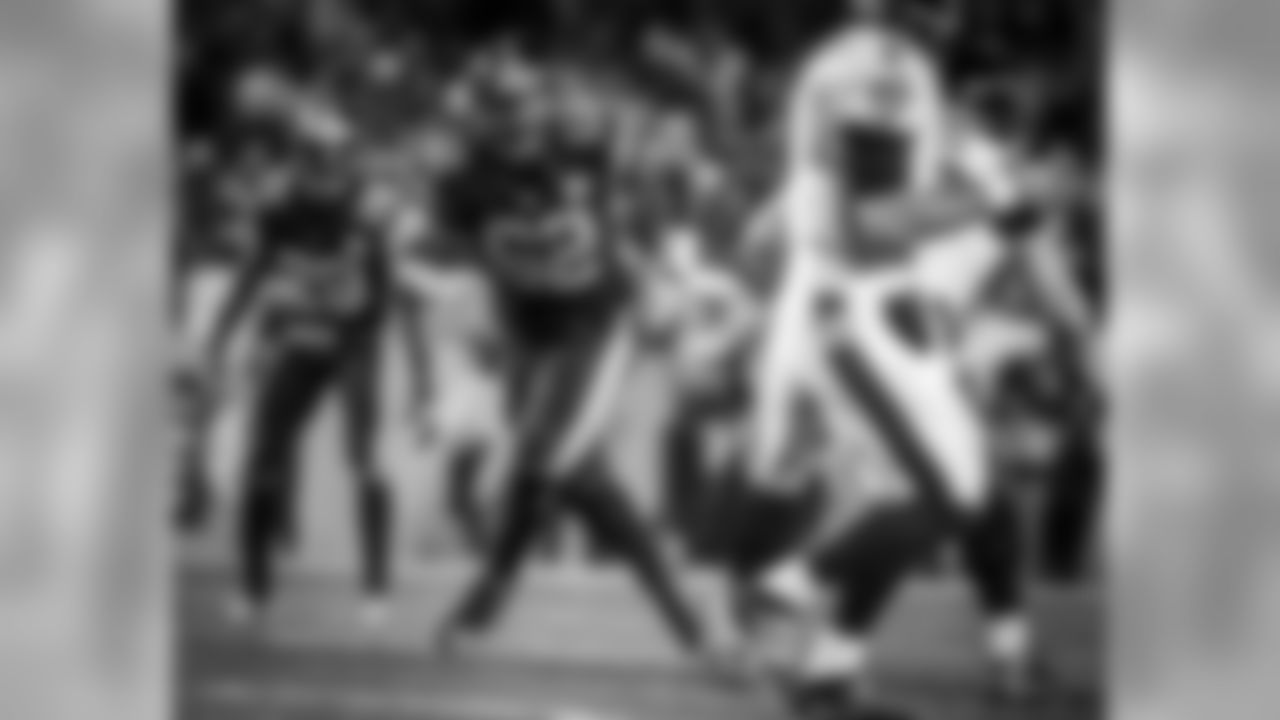
Johnny Maxey

Ryan Shazier
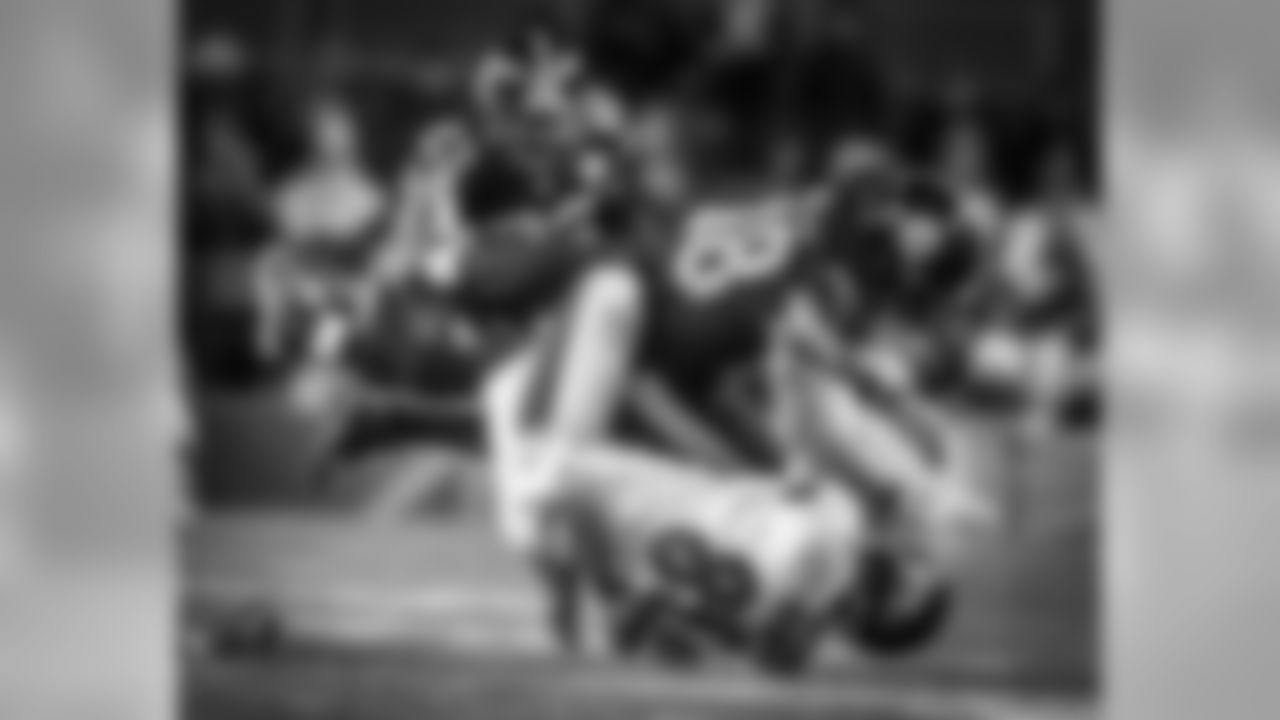
Bud Dupree

Daniel McCullers and Ross Cockrell

Head Coach Mike Tomlin
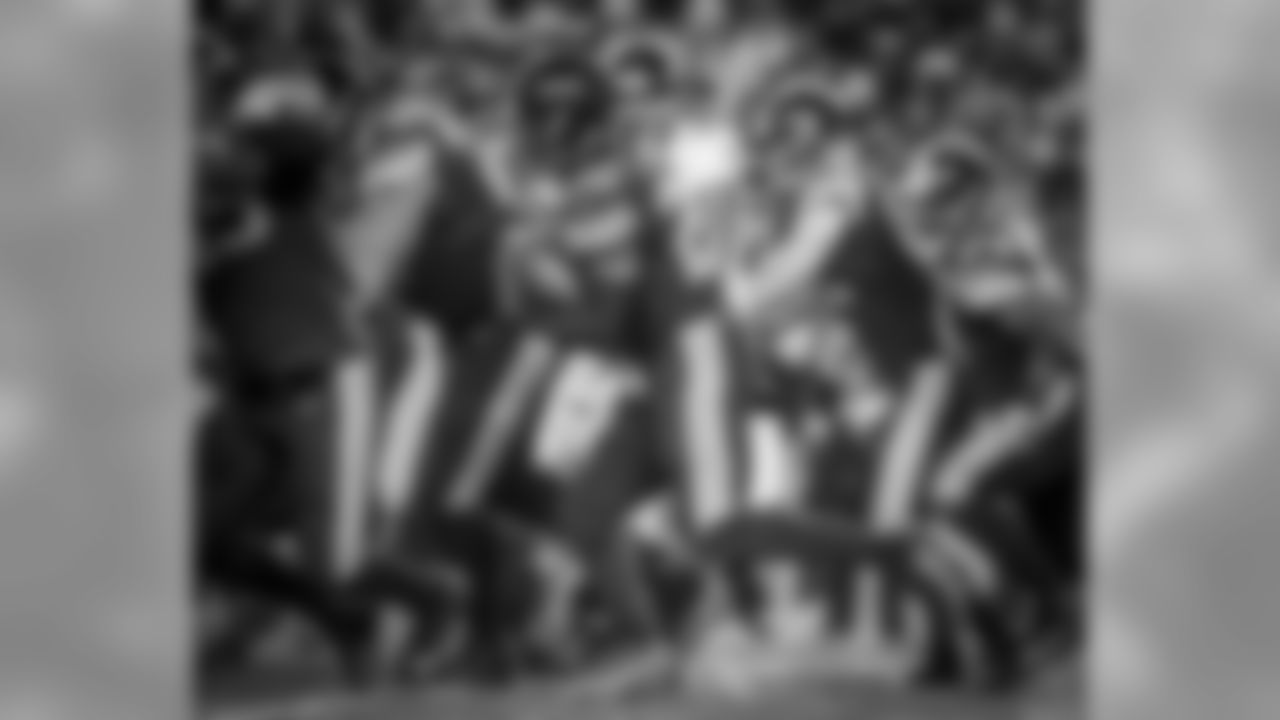
Le'Veon Bell
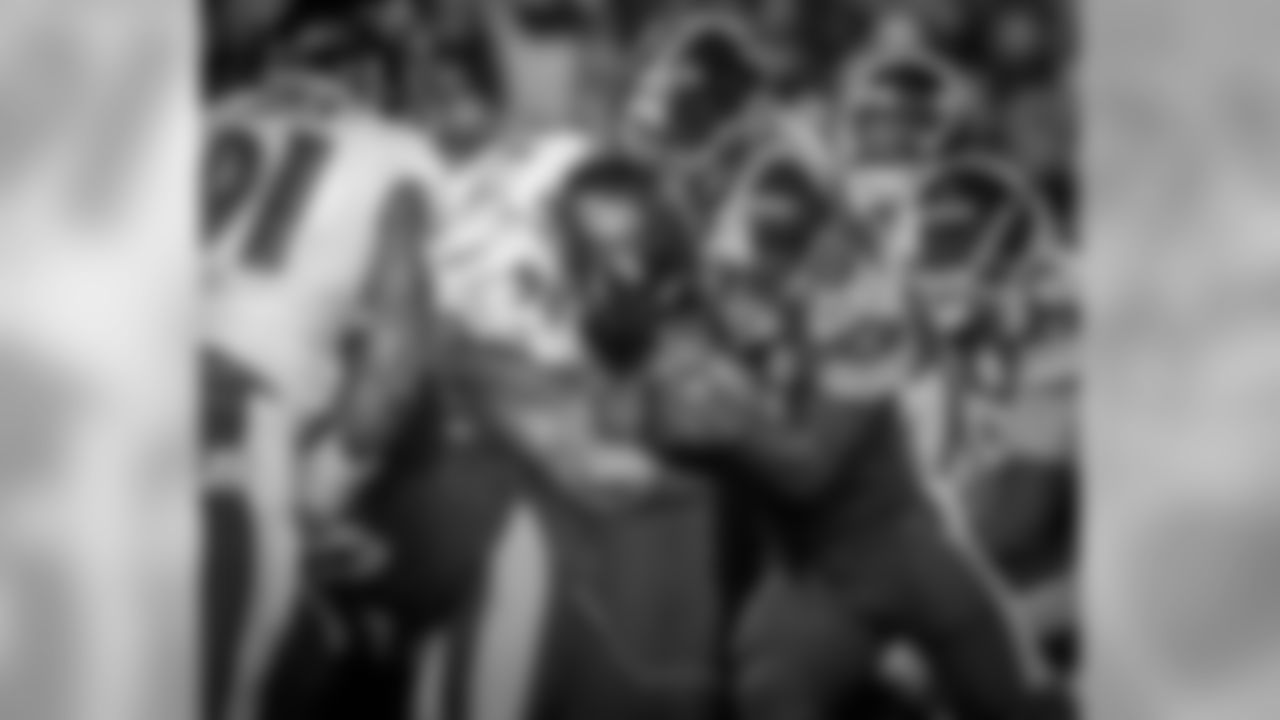
Le'Veon Bell

Ben Roethlisberger

Bud Dupree
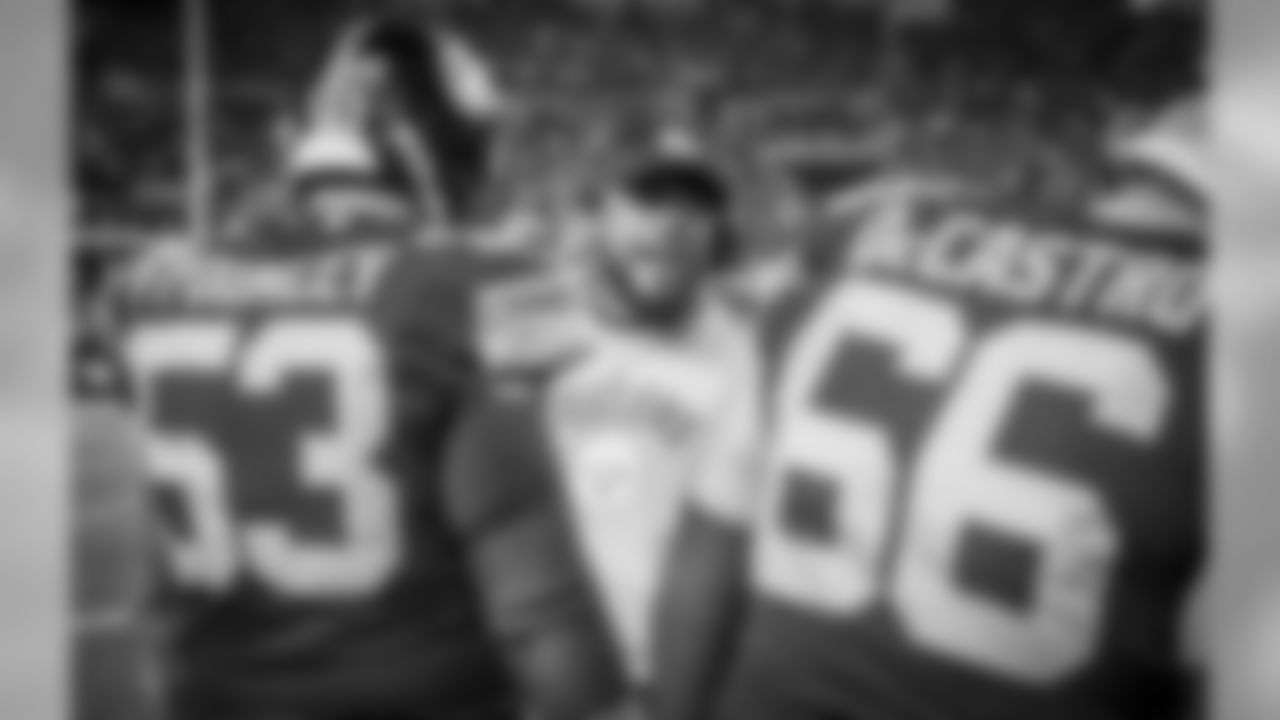
Head Coach Mike Tomlin, Maurkice Pouncey and David DeCastro
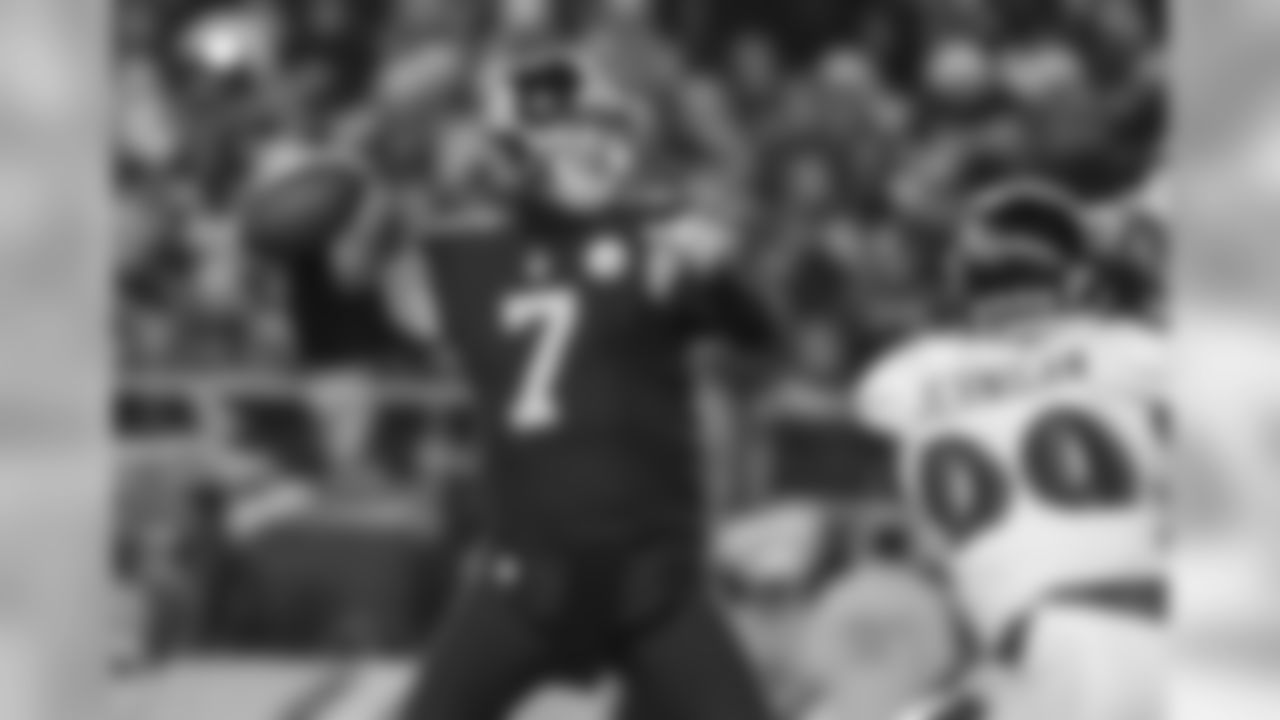
Ben Roethlisberger
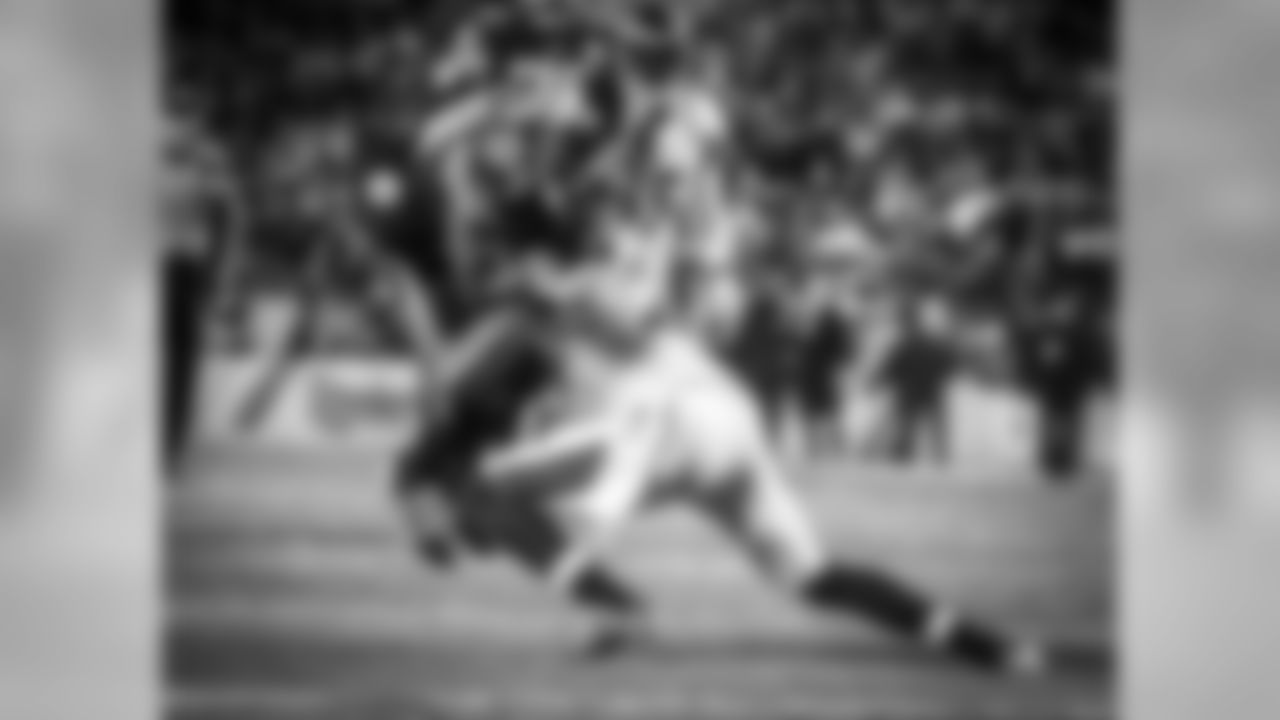
Antonio Brown
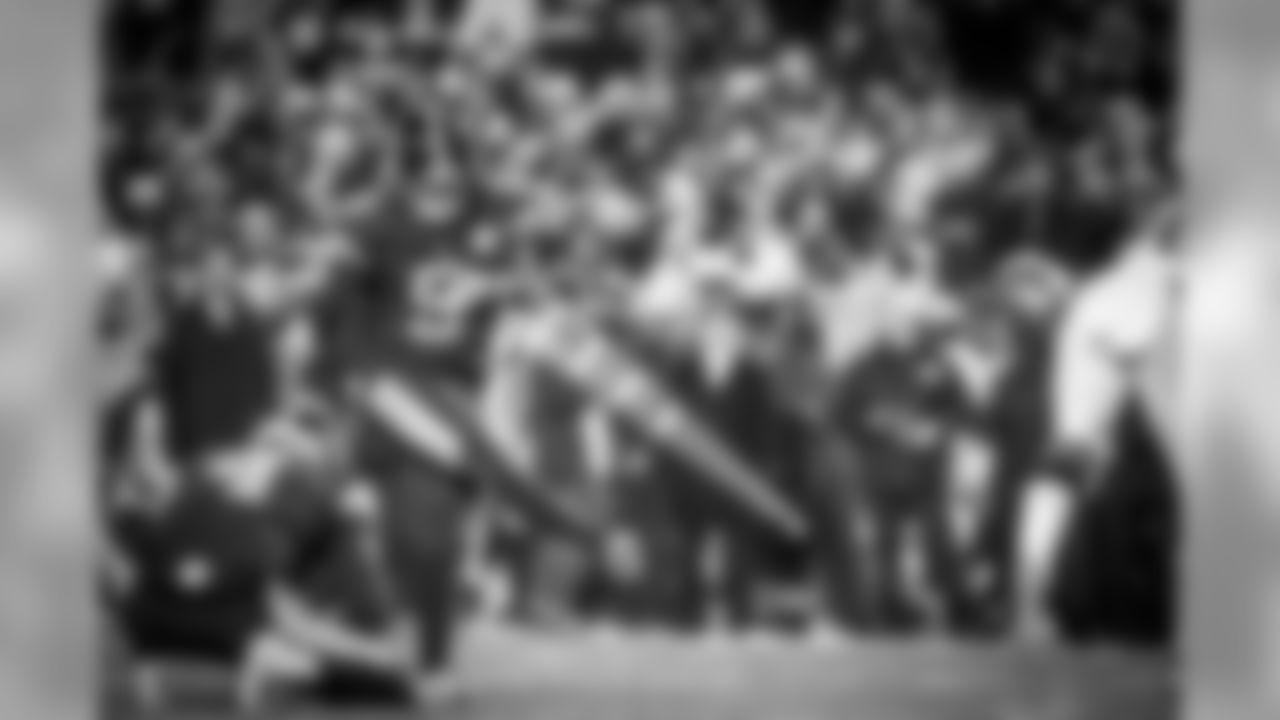
Chris Boswell
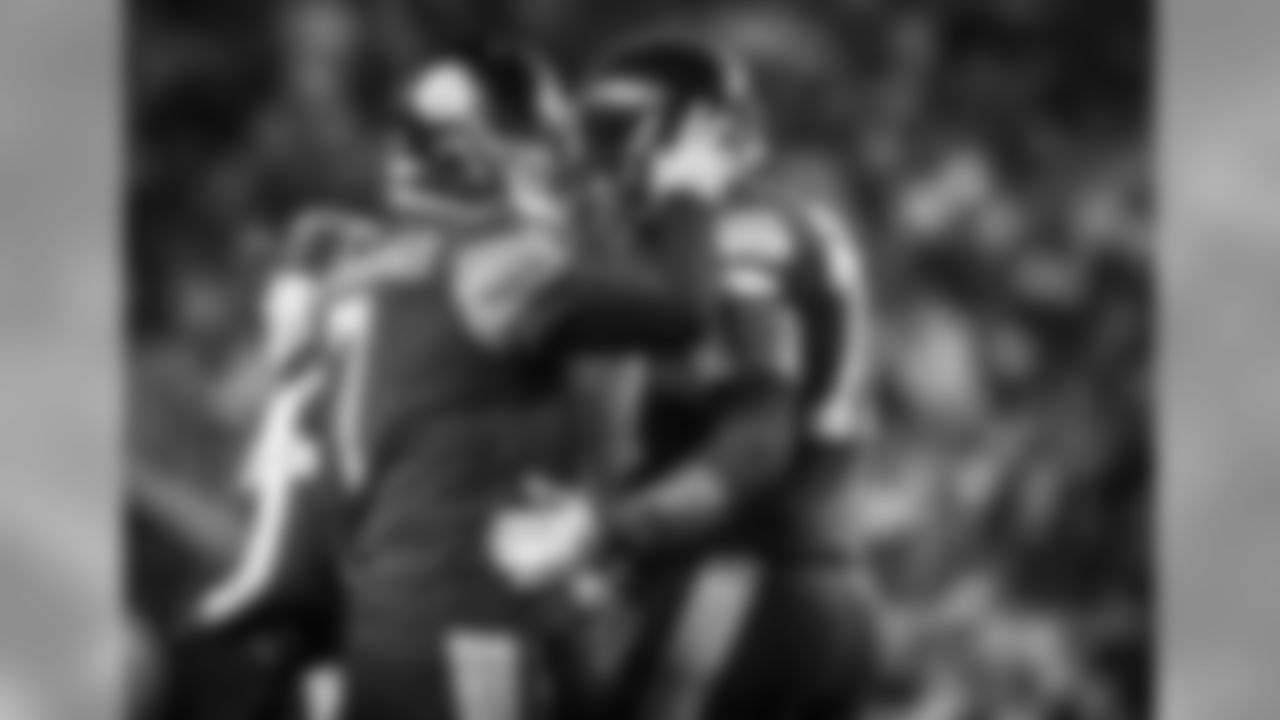
Ben Roethlisberger and Marcus Gilbert

Ben Roethlisberger
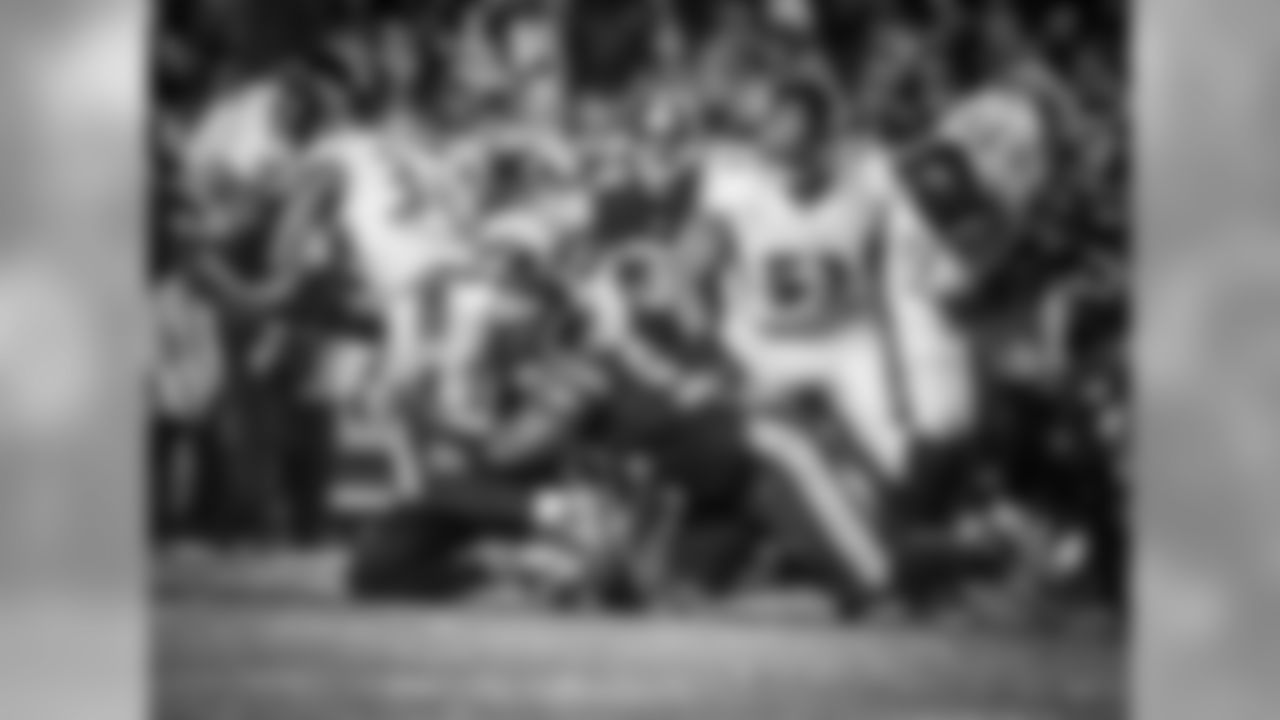
James Harrison

Darrius Heyward-Bey
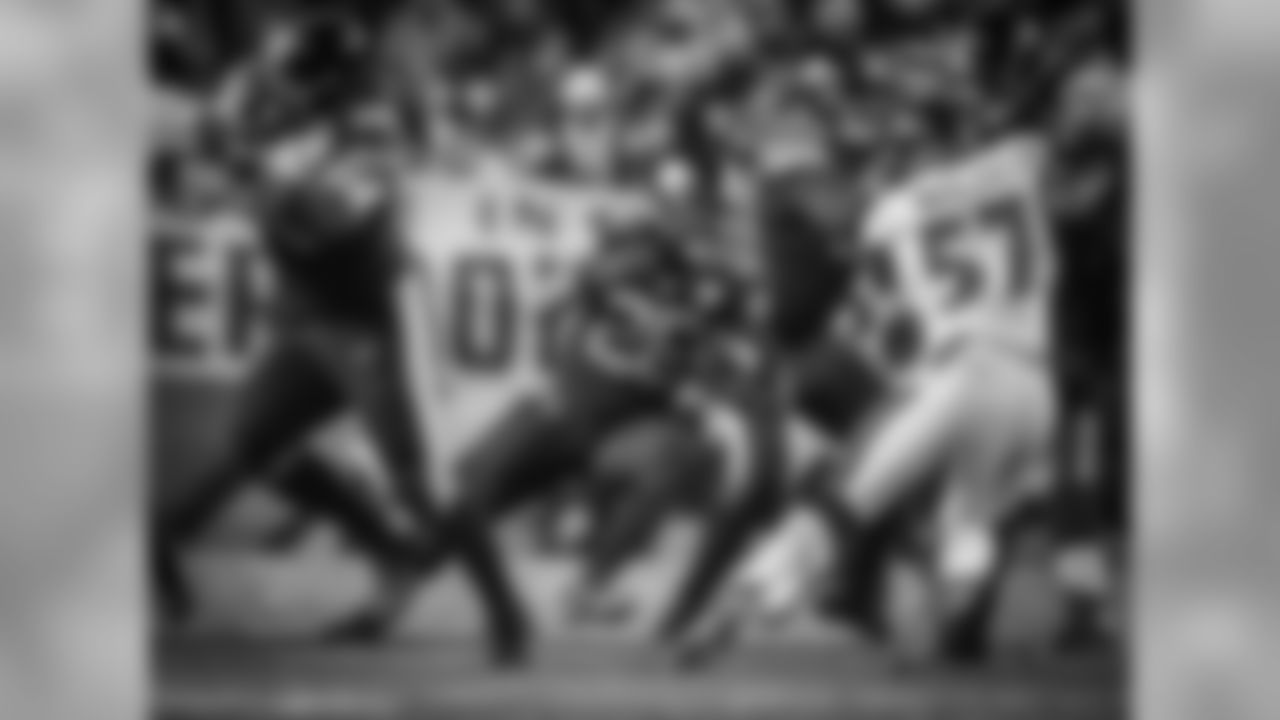
David Decastro, Le'Veon Bell, Maurkice Pouncey and Jesse James
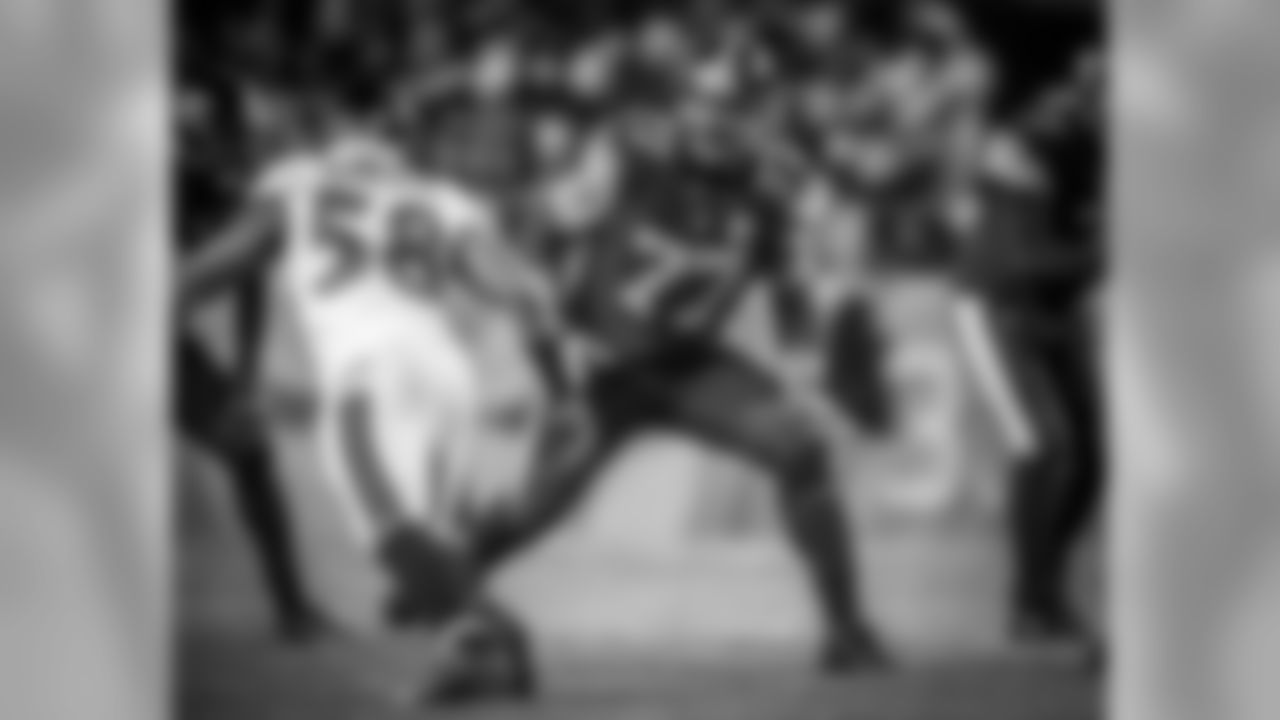
Marcus Gilbert
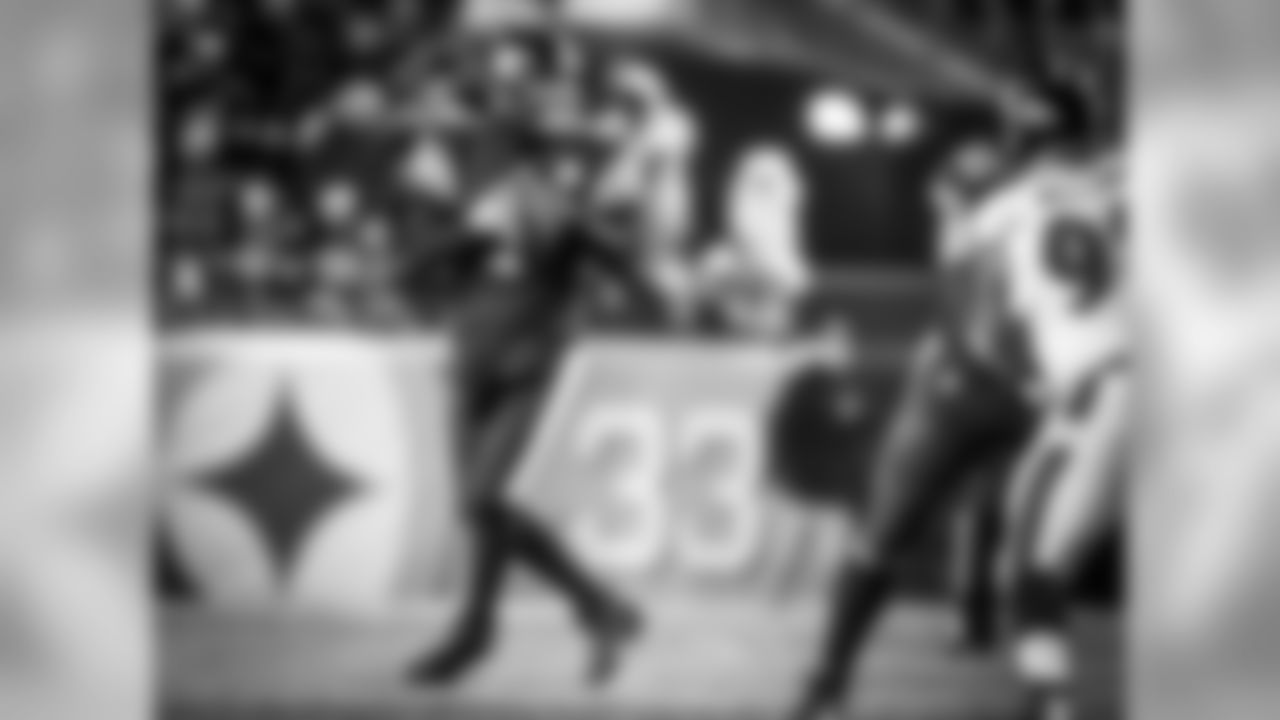
Ben Roethlisberger
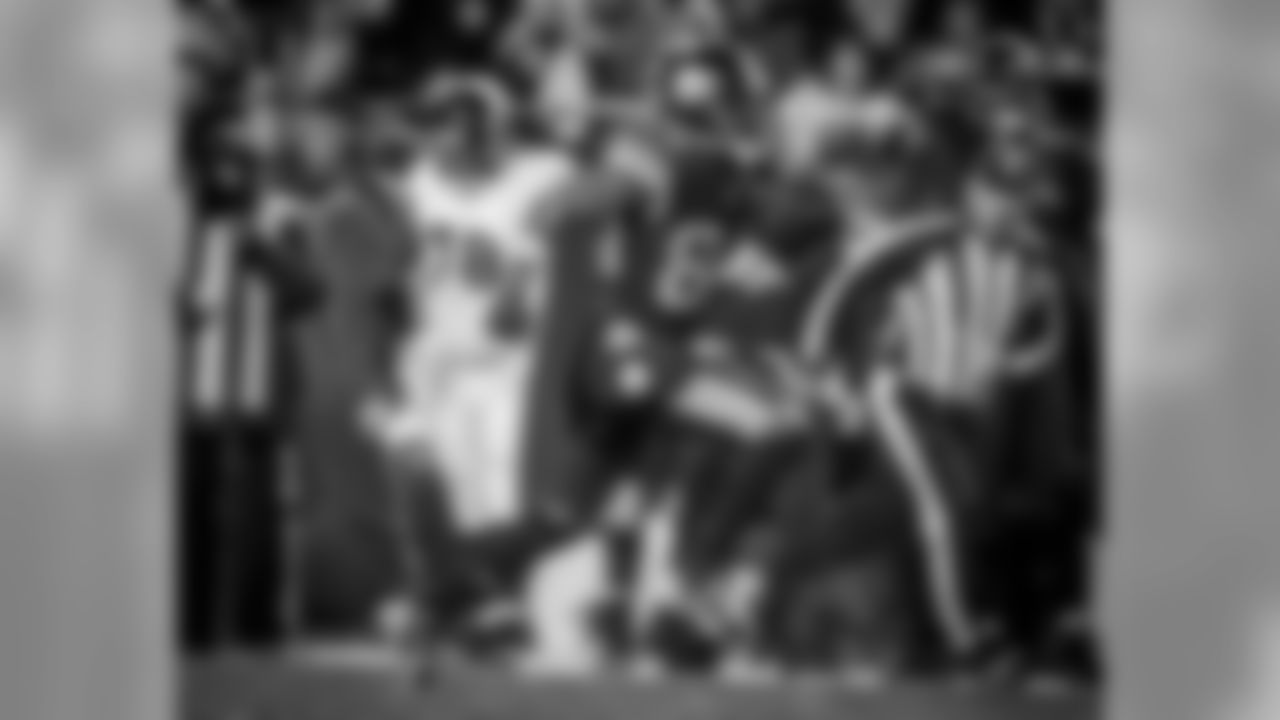
Antonio Brown
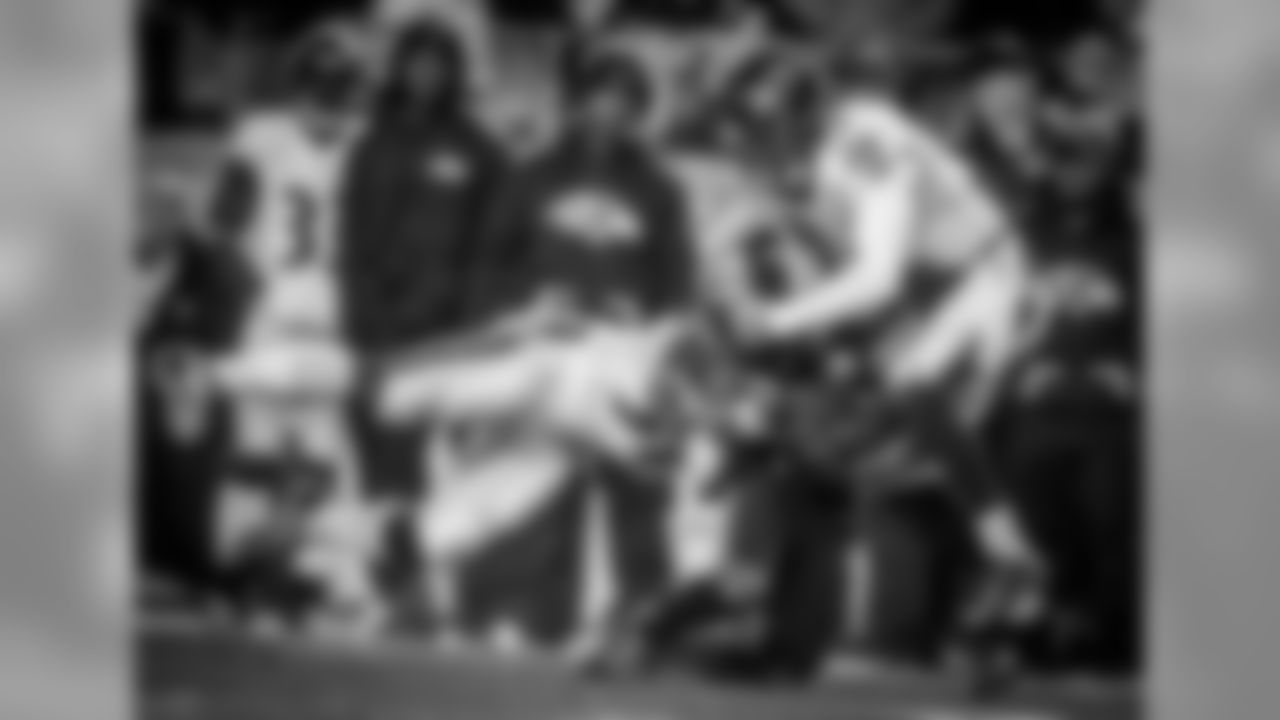
Antonio Brown

Antonio Brown
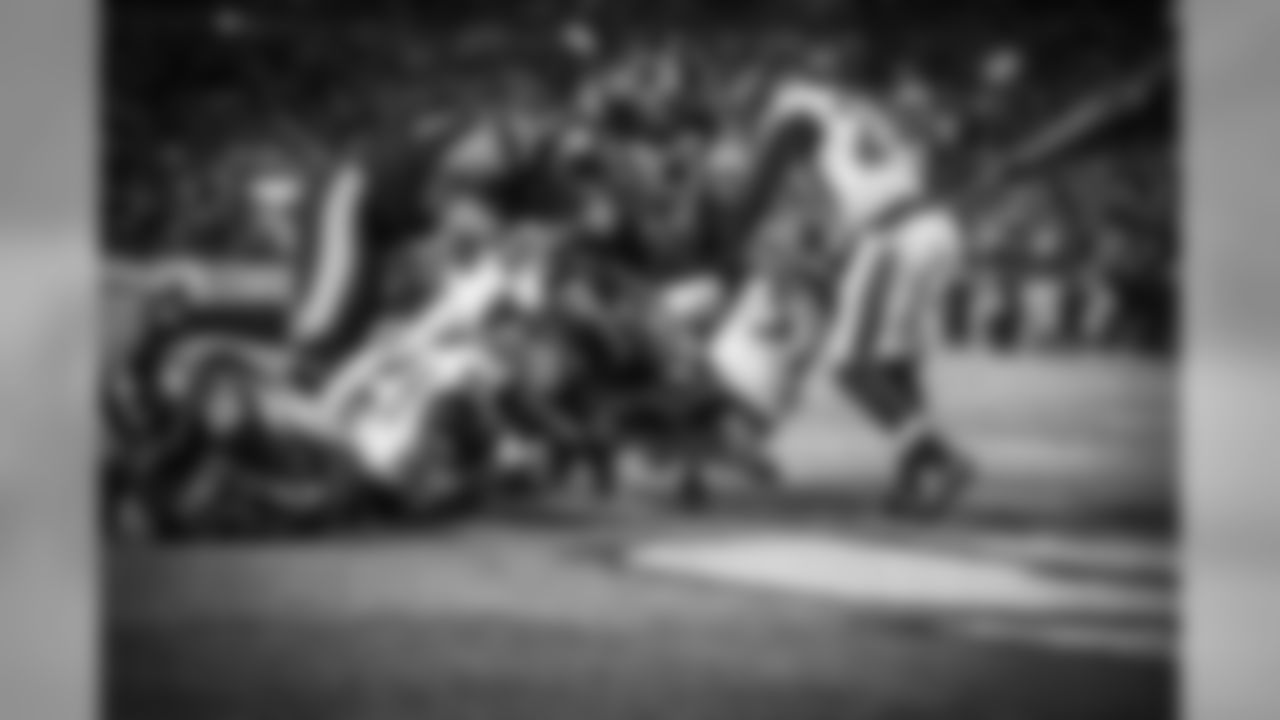
Jesse James, Le'Veon Bell, Ramon Foster, David DeCastro, and Alejandro Villanueva
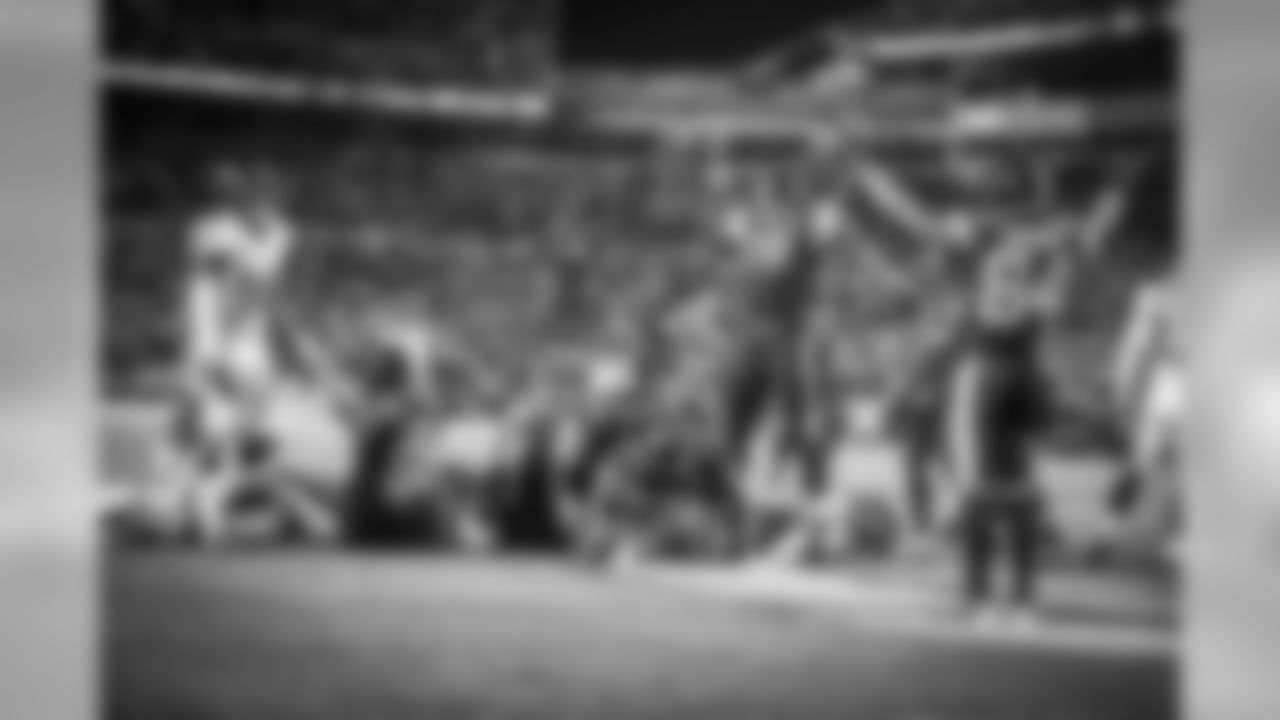
Jesse James, Le'Veon Bell, Ramon Foster, David DeCastro, Alejandro Villanueva, Eli Rogers and Antonio Brown
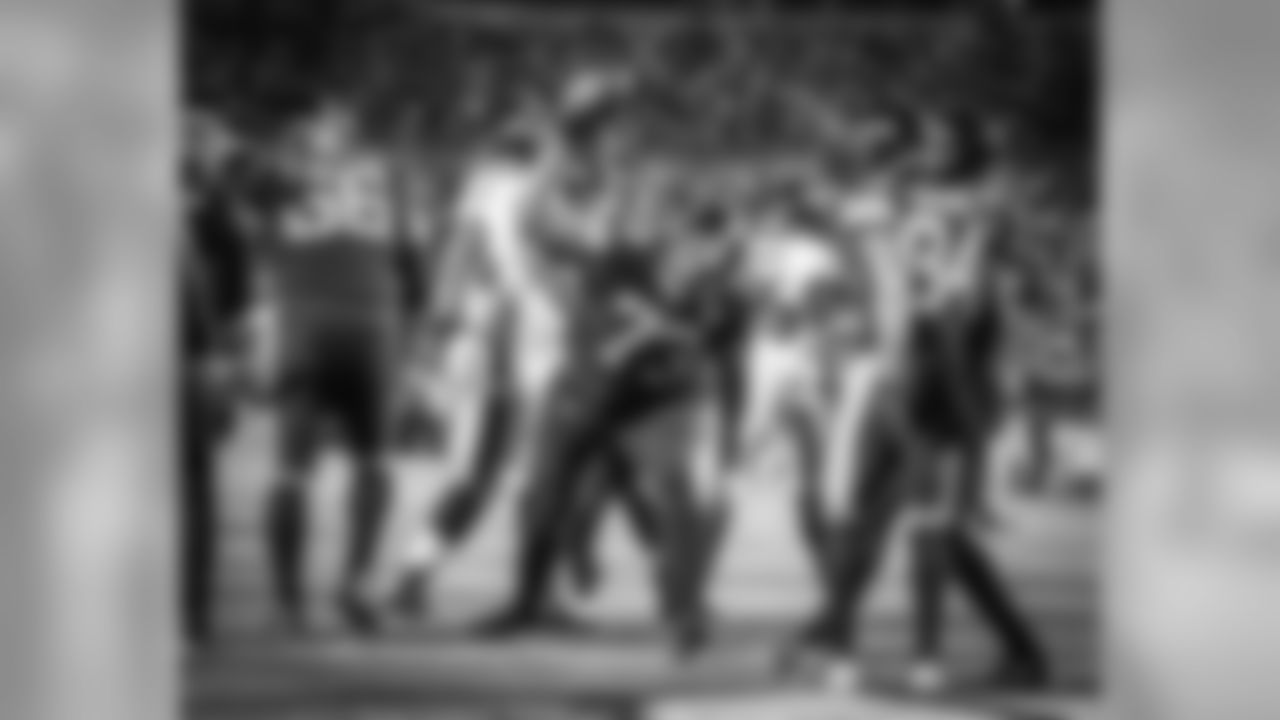
Ramon Foster

James Harrison

William Gay and Ross Cockrell

Demarcus Ayers
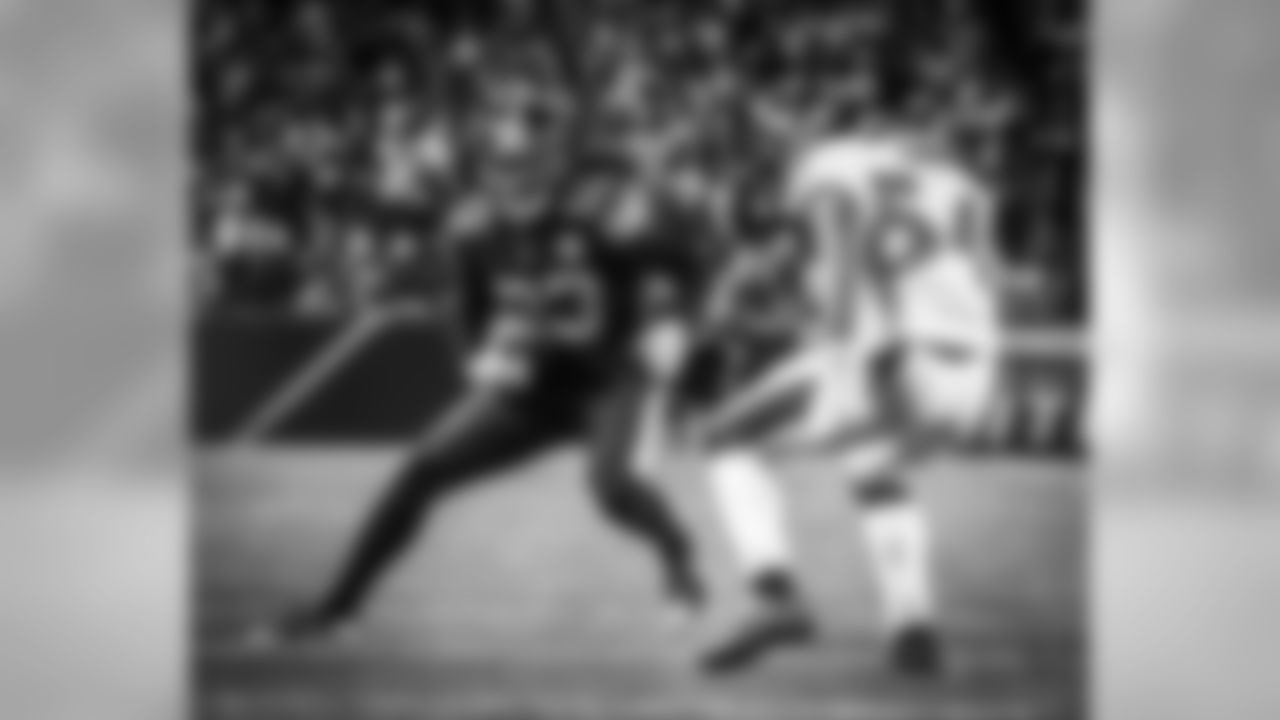
Cobi Hamilton

Ben Roethlisberger, David DeCastro, Alejandro Villanueva and Marcus Gilbert

Antonio Brown

Antonio Brown and Ben Roethlisberger
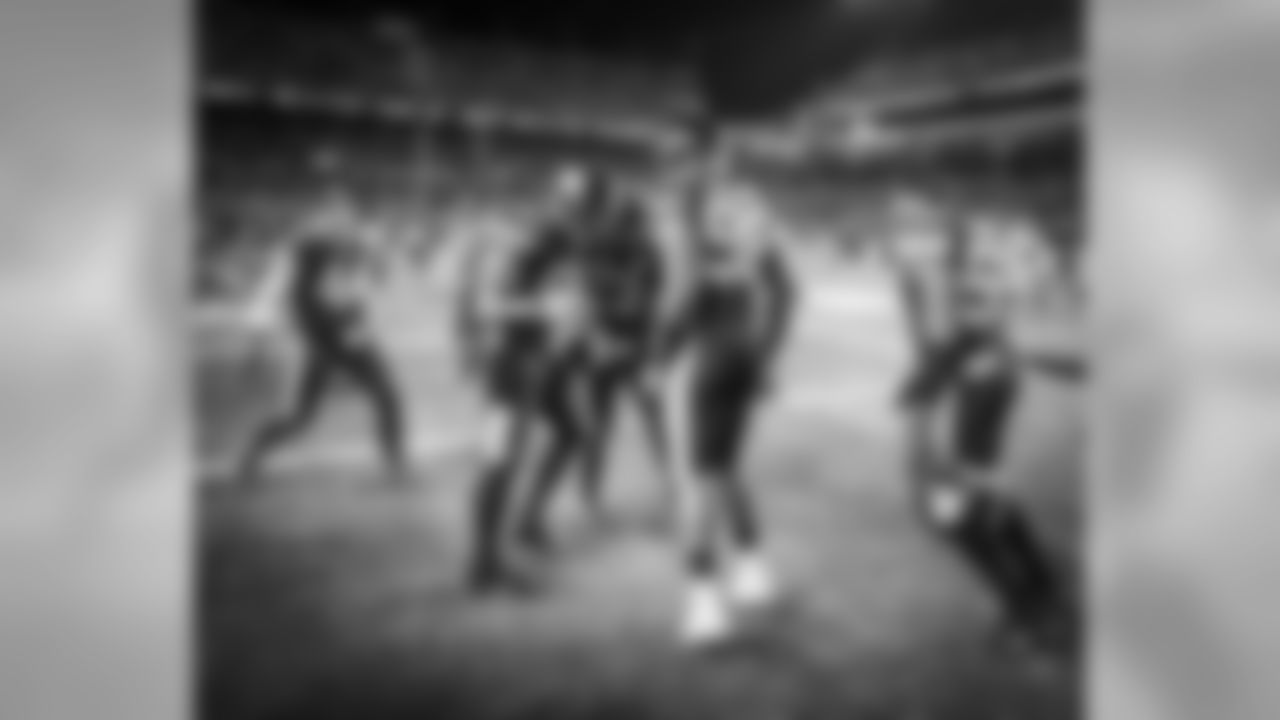
Tyler Matakevich, Ryan Shazier, Mike Mitchell, Vince Williams and Arthur Moats

Ryan Shazier, Vince Williams and Arthur Moats

Alejandro Villanueva
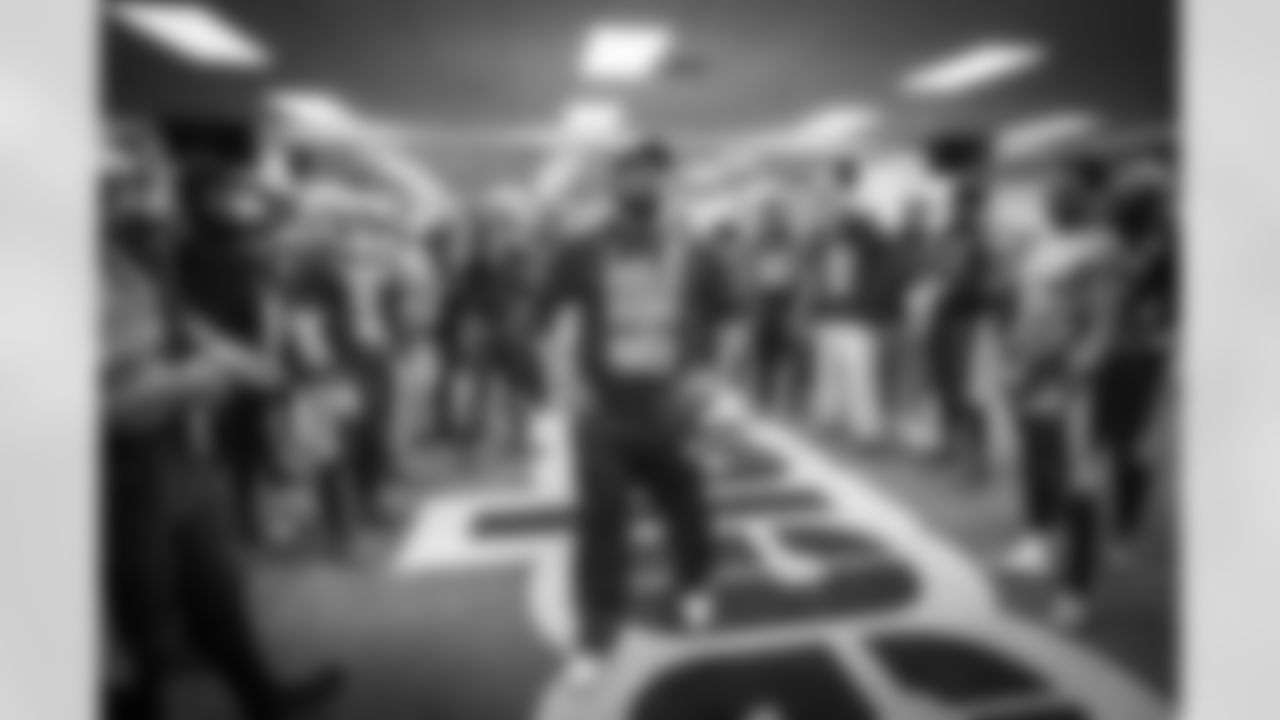
Head Coach Mike Tomlin
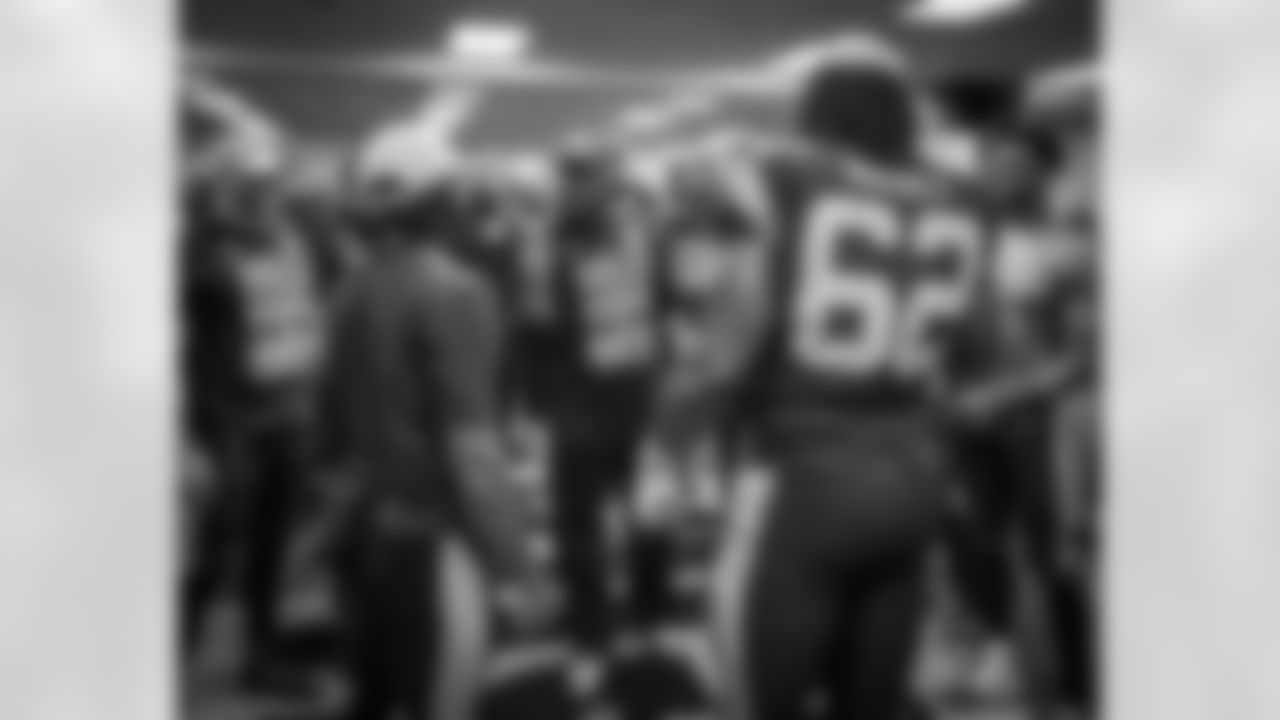
Head Coach Mike Tomlin, Demarcus Ayers and Johnny Maxey




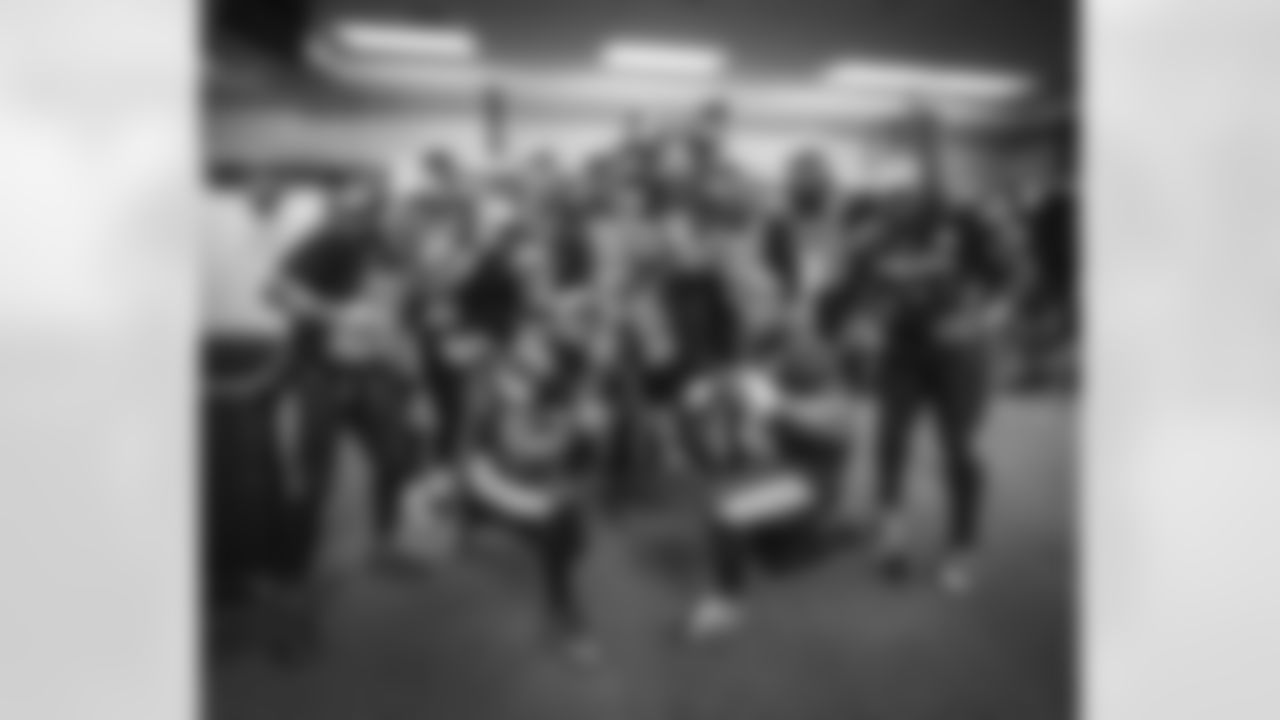

Marcus Gilbert, David DeCastro, Maurkice Pouncey, Ramon Foster, Alejandro Villanueva, Matt Feiler, Chris Hubbard and B.J. Finney

Antonio Brown and Head Coach Mike Tomlin

David DeCastro and Art Rooney II

Marcus Gilbert, David DeCastro, Maurkice Pouncey, Ramon Foster, Le'Veon Bell, Matt Feiler, Alejandro Villanueva and Chris Hubbard
- It was in 2010, during Week 6 of the 2010 regular season to be specific, when the NFL took its first clumsy steps down the path of player safety. Starting that weekend, things that had not been penalized by on-field officials and often still were not being penalized by on-field officials became fineable offenses.
- Players reacted strongly, both to the sting of five-figure fines that could and did grow into six-figure fines, and also to being labeled "dirty" for what they saw as simply playing the game the way they always had played the game. These reactions fostered pockets of resistance, and the narrative focused on that resistance instead of on the greater good of making the sport safer on all levels for all of its players. But that's what typically happens when good intentions are poorly executed.
- It's now seven years later, and even the most vociferous critics of how the "points of emphasis" were enacted in 2010 would have to agree that the sport as it's played on the professional level today is more conscious of player safety, that steps have been taken to educate players on the importance of self-reporting concussion-like symptoms, and that using the head to deliver a blow or targeting an opponent's head while delivering a blow have no place in the game.
- Still far from perfect, but better. Progress was made. Maybe not as fast or as all-encompassing as some would prefer, but NFL players were adapting and the impact of their evolution was trickling down to the lower levels of competition.
- Flash forward to Week 13 of the current NFL season. On Sunday in Buffalo, an admittedly frustrated Rob Gronkowski dove on Bills cornerback Tre'Davious White after a play and drove his forearm into the back of his head causing a concussion. The hit came after the play was over, with White prone on the turf, and with Gronkowski using a heavy metal brace on his elbow as a weapon.
- Then on Monday night in Cincinnati, the Steelers and the Bengals renewed hostilities that had been percolating for years, not coincidentally percolating for the same length of time linebacker Vontaze Burfict has been in the NFL. The lowlights that night were two, and in chronological order: a block by JuJu Smith-Schuster on Burfict as the linebacker was tracking Le'Veon Bell as he was turning upfield after catching a dump-off pass from Ben Roethlisberger; and then Bengals safety George Iloka delivering a helmet-to-helmet hit on Antonio Brown in an effort to dislodge what was a game-tying 6-yard touchdown reception.
- The plays in question came on the same series, and both were vicious collisions. In real time, the Iloka hit looked illegal, and the block by Smith-Schuster was exacerbated by him standing over the prone Burfict in a classic taunting pose. Add in the national television audience and the fact the media had just this game as fodder for all the column inches, sound-bites, and megabytes it's required to produce in covering the NFL, and the resulting firestorm could've been predicted.
- Previously this season, there had been other ugly incidents: Michael Crabtree and Aqib Talib fighting; A.J. Green putting Jalen Ramsey in a chokehold; and Mike Evans hitting Marcus Lattimore from behind after a play, WWE style. But none of those moved the meter like JuJu vs. Burfict and Iloka on AB, and the platform that is Monday Night Football unquestionably was a factor.
- The suspensions were announced promptly, what with the NFL having promised teams it would make these decisions in a timely fashion so that preparation for the upcoming weekend's games could progress as normally as possible given the circumstances.
- Jon Runyan issued the suspensions – one game apiece – to both Smith-Schuster and Iloka, which would be comparable to having John Dillinger prosecute bank robbers, or having Al Capone head up RICO investigations. Runyan, now an NFL vice president of football operations, is the same man who in 2006 ranked No. 2 on a Sports Illustrated list of the NFL's "dirtiest" players. Former Chargers linebacker Shawne Merriman remembers watching film before playing against Runyan and warning teammates, "Cover your legs!"
- Runyan, who had a reputation as one of the NFL's most profound cheap-shot artists during his 14-year career, wrote in his letter to Smith-Schuster, "The contact you made with your opponent placed the opposing player at risk of serious injury and could have been avoided. Your conduct following the hit fell far below the high standards of sportsmanship expected of an NFL player."
- Takes one to know one, apparently.
- The taunting was out of line, but taunting isn't supposed to be a suspendable offense, and so the NFL was equating what Smith-Schuster did to what Gronkowski did, to what Crabtree and Talib did, to what Green and Evans did. Then Iloka's suspension was revoked and reduced to a fine, and people wonder why Mike Mitchell went off the other day in front of his locker at the UPMC Rooney Sports Complex.
- The NFL's motives seem to be good ones, but the arbitrary and reactionary way it's pursuing those is counterproductive and infuriating. Steelers vs. Bengals has become increasingly violent over the years, largely as a result of Burfict's antics, and yet the league scheduled one of the meetings for a Monday night in December.
- ESPN's culpability came in the manner in which it chose to chase ratings for the game. On Dec. 4, the same day as the game itself, ESPN.com carried a lengthy story on Burfict, headlined, "Vontaze Burfict is not sorry," and in it writer Dotun Akintoye begins with a description of the events late in the fourth quarter of that 2015 Wild Card Round game and then adds, "It's a neat metaphor: Burfict's violent brilliance giveth -- and taketh away."
- "Violent brilliance?" How about this description instead: After taking out the opposing quarterback with a sack punctuated by a deliberate kneeing of his throwing shoulder as the guy was stretched out on the turf, he concussed a defenseless receiver with a head shot that ultimately cost his team a chance to advance in the playoffs, with the long-term effect being that his antics eventually will get the coaching staff fired and thereby disrupt the lives of those men and their families.
- Then during the game, the broadcast duo's fawning over Burfict was nauseating, and while words – written or spoken – don't have anything to do with Smith-Schuster's block and subsequent taunt, all of it contributed to a narrative that fanned the flames of dramatic violence that both the network and the league coveted, before having both entities react with mock horror after getting exactly what they wanted.
- Now with the stage provided by Monday Night Football, the calls for change are louder than they have been in a while. There are calls for more in-game ejections for bad behavior, and strong suggestions that the NFL should adopt some form of the "targeting rule" employed by college football, both of which are ridiculous primarily because enforcing those would be based on having real-time judgment decisions made by the very people who cannot seem to agree on what a catch is, who don't seem to understand the concept of indisputable visual evidence as being the criteria for using replay to overturn a call made on the field.
- The lone sensible suggestion to come out of this – and why it needed such a game to figure this out in the first place is anyone's guess – is for there to be a schedule of punishments for specific violations of the rules. Kind of like the real world has for criminal behavior and the punishment attached to the commission of said crimes.
- Imagine having a specific code of conduct that lists what qualifies as an infraction and how each infraction will be disciplined. No more arbitrary discipline handed out by a guy who made a career out of breaking the very rules he's suddenly charged with enforcing. This way, everybody knows where the line between legal and illegal is, and then knowing what will happen to them if they cross that line once, or twice, or even multiple times.
- Specific rules with specific punishments attached for violating them. Consistency. Fairness. All things that will provide players with the opportunity to adapt and change, or violate and be punished. Things that if they had been instituted in 2010 would have prevented this ugly mess in which the NFL finds itself today.
- Where is that flux capacitor?














